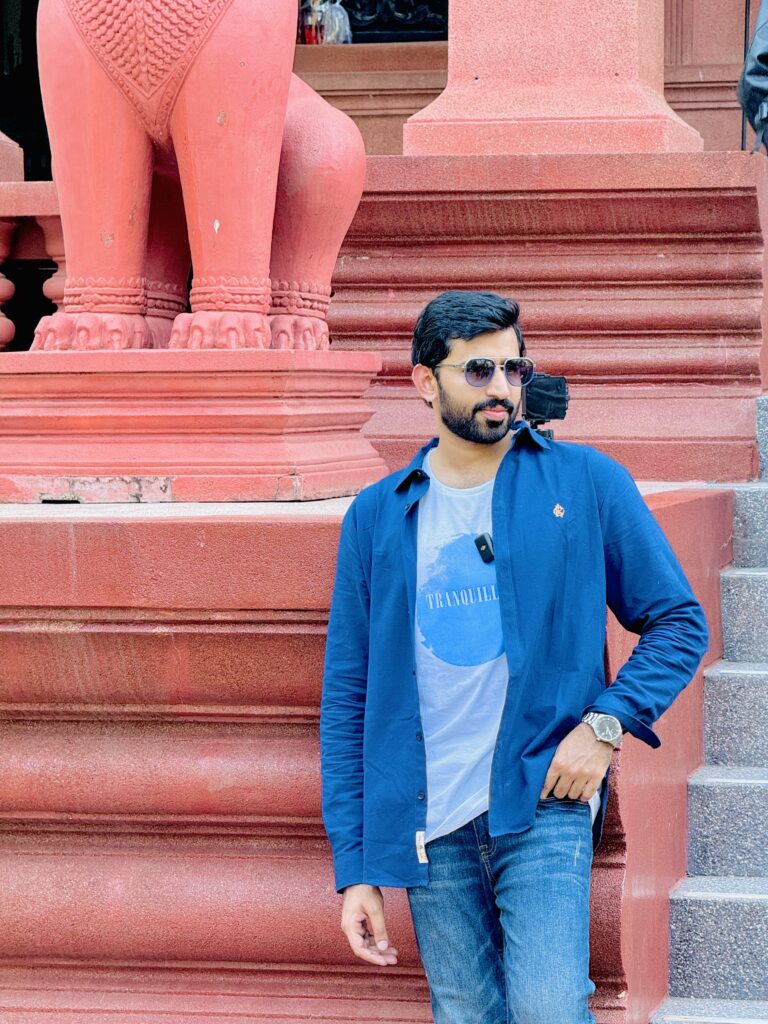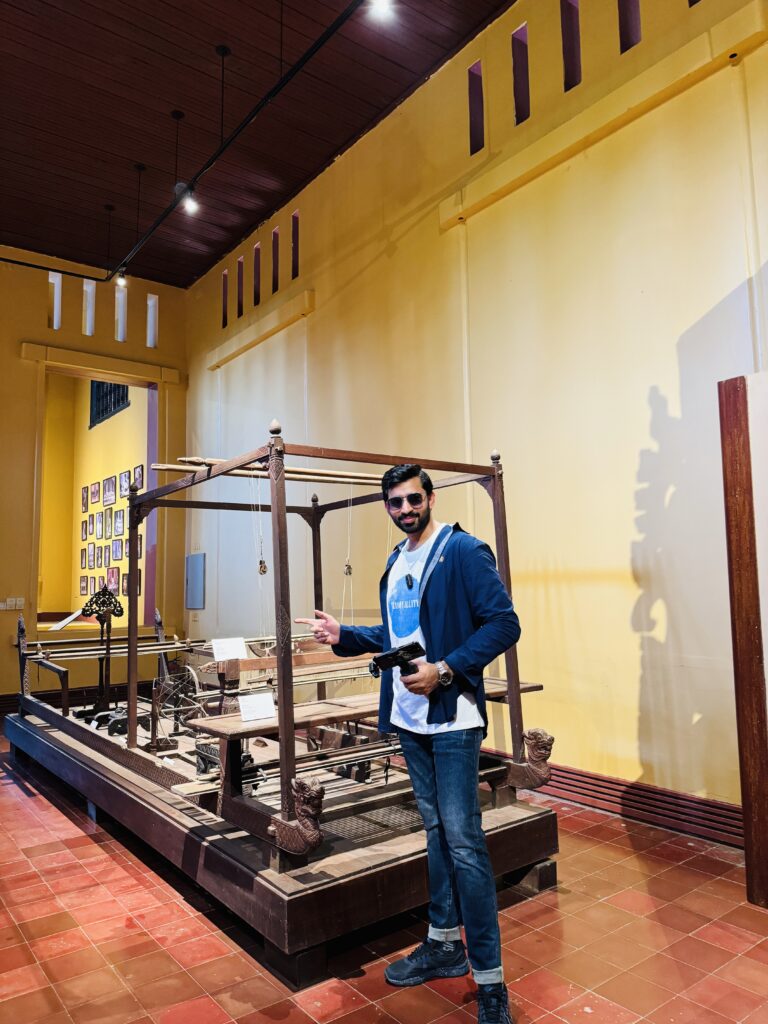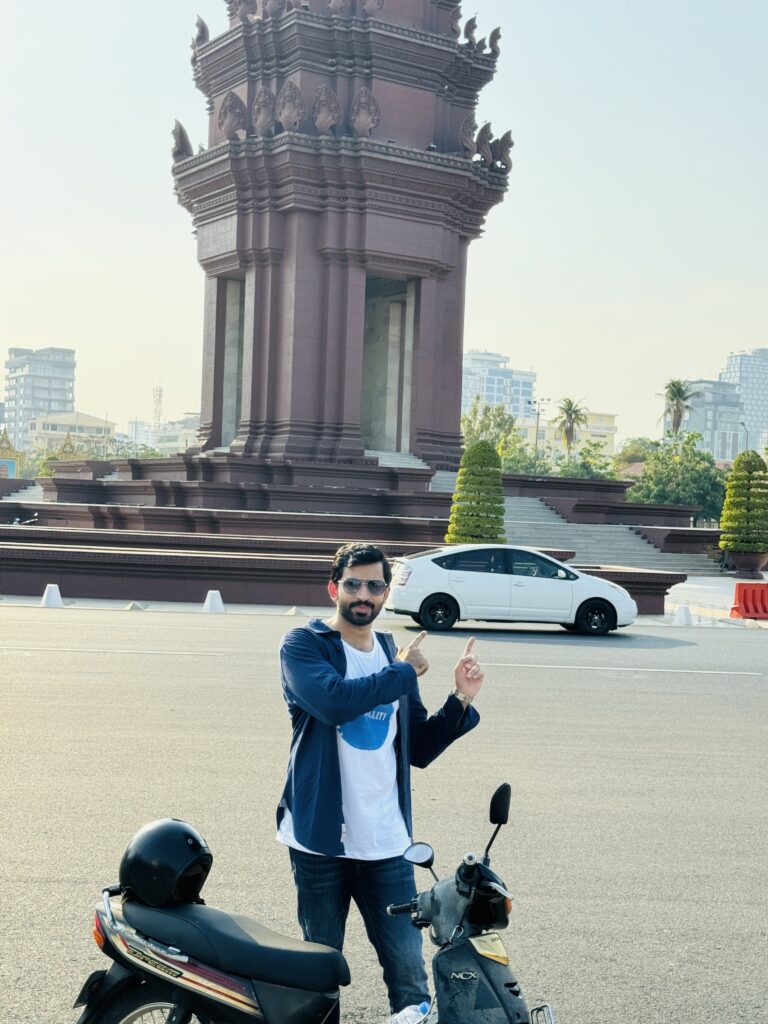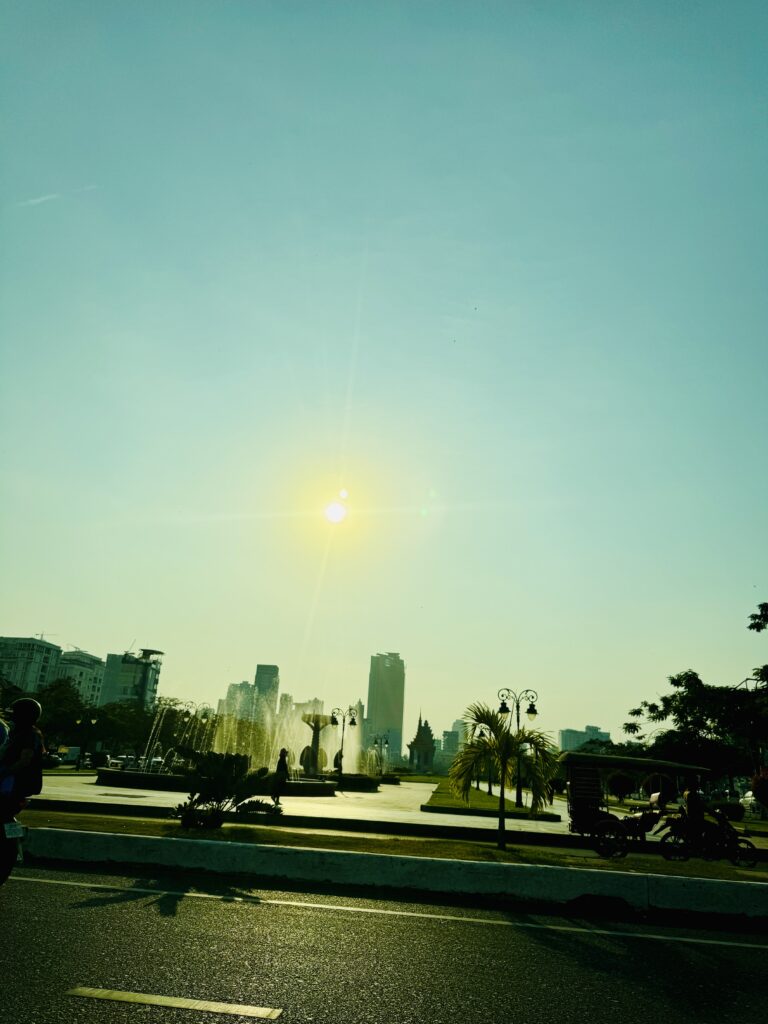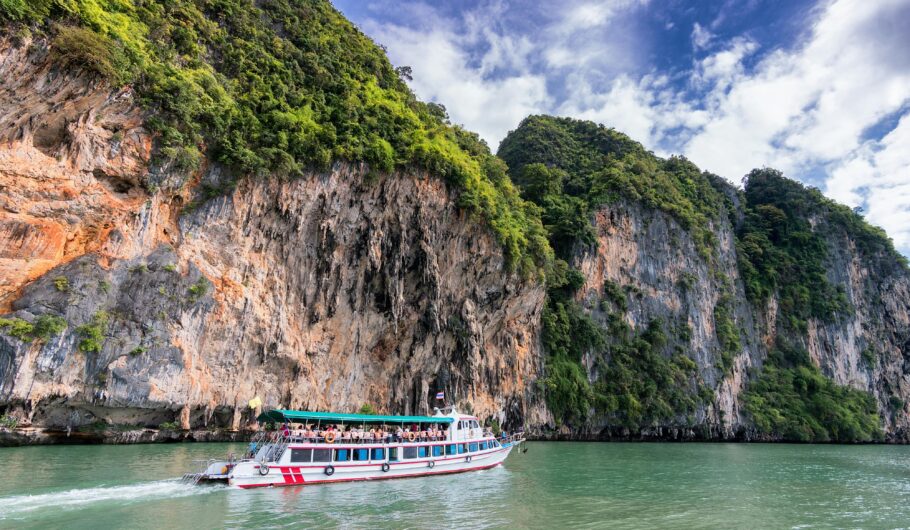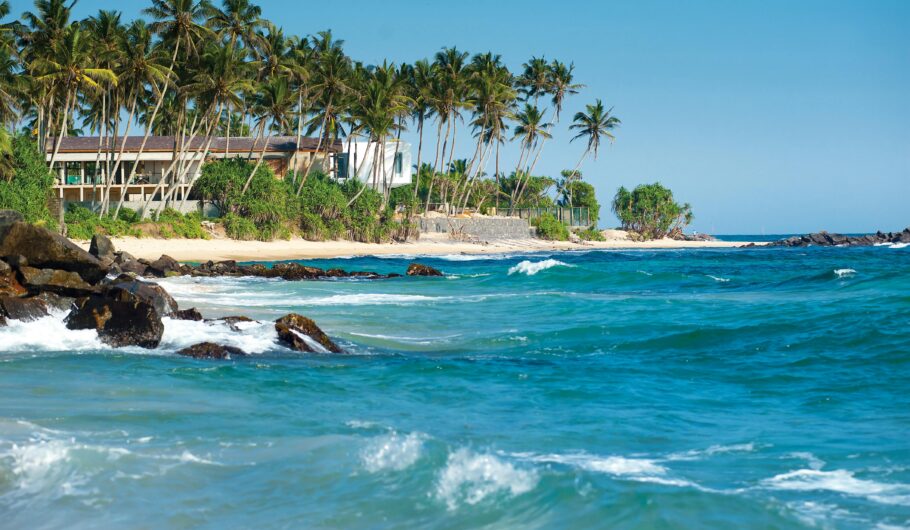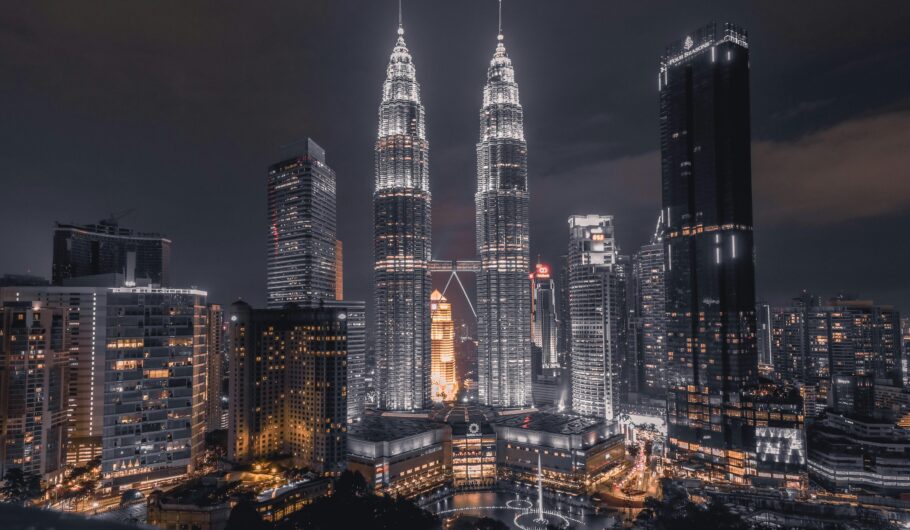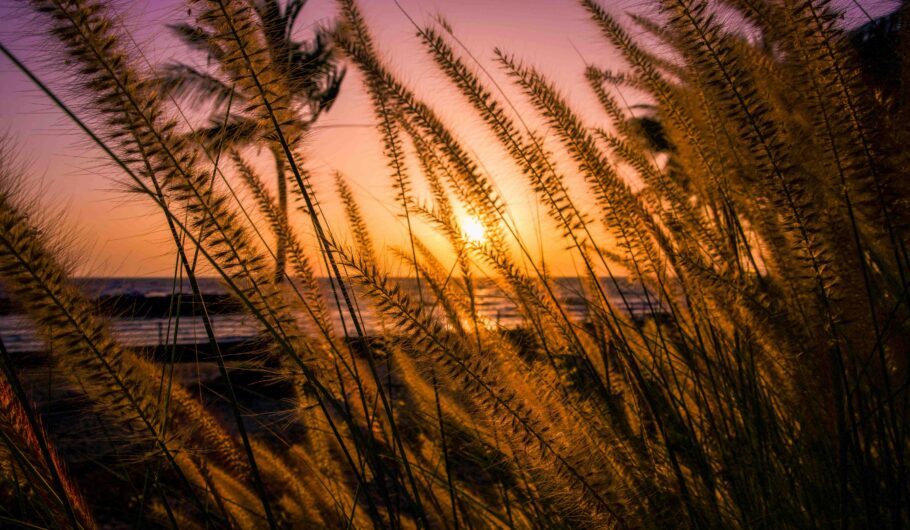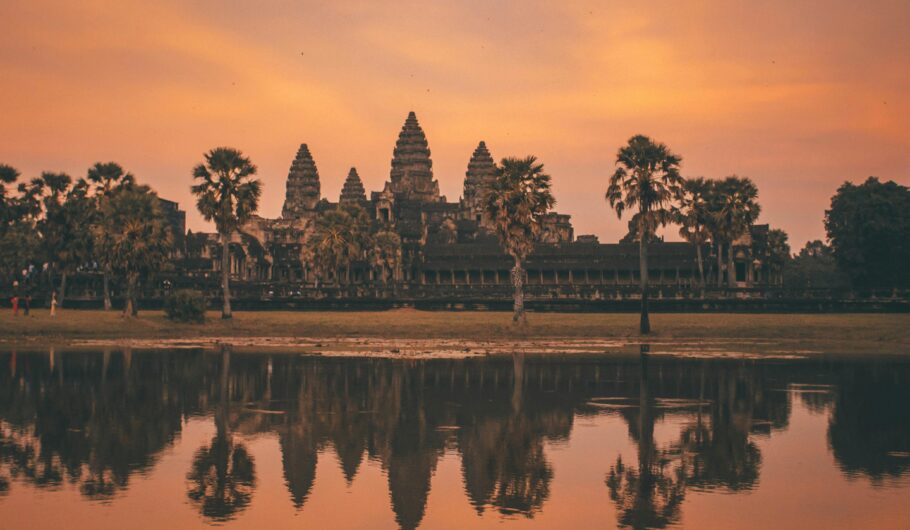EXPLORE TURKY WITH HASIR
Turkey, a transcontinental country straddling Europe and Asia, is a land of rich history, diverse cultures, and stunning landscapes. Known for its unique blend of Eastern and Western influences, Turkey offers a wealth of experiences for travelers, from ancient ruins and bustling bazaars to pristine beaches and vibrant cities. The country’s strategic location has made it a crossroads of civilizations for millennia, resulting in a rich tapestry of cultural heritage that is reflected in its architecture, cuisine, and traditions.
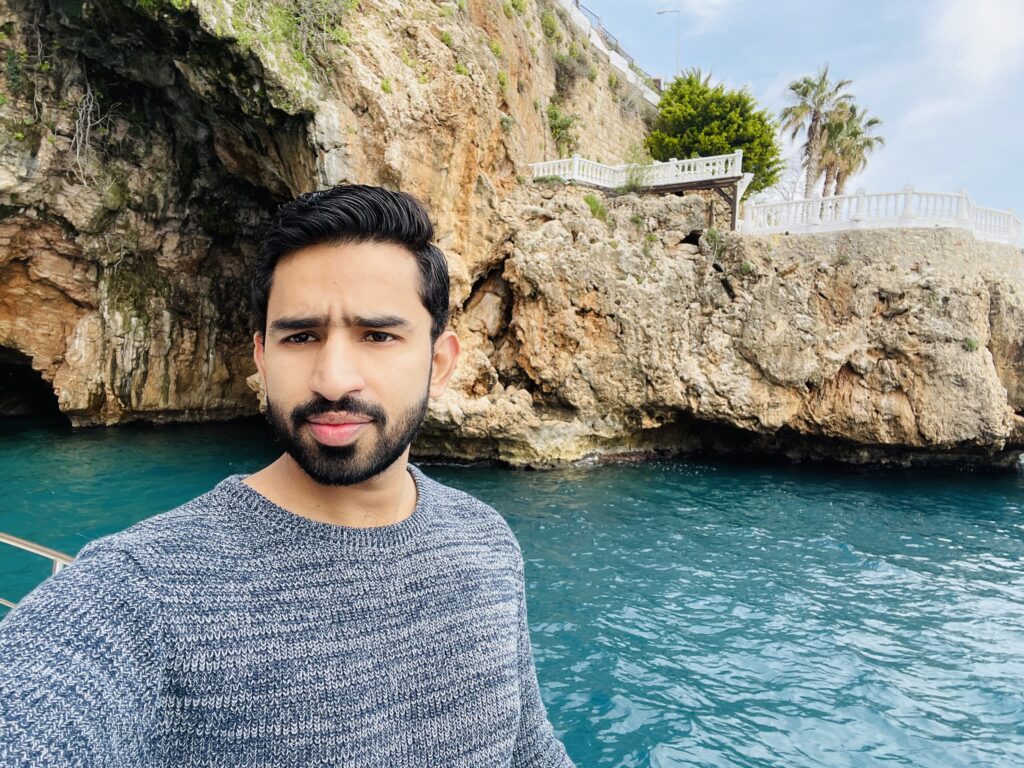
Antalya
Antalya, located on the southwestern coast of Turkey, is a stunning Mediterranean city known for its beautiful beaches, ancient ruins, and vibrant culture. Often referred to as the “Turkish Riviera,” Antalya is a popular destination for both domestic and international tourists, offering a perfect blend of natural beauty and historical significance. The city is surrounded by the Taurus Mountains, providing a dramatic backdrop to its crystal-clear waters and sandy beaches. Antalya’s old town, known as Kaleiçi, is a maze of narrow streets, Ottoman-era houses, and charming boutiques, offering a glimpse into the city’s rich history.
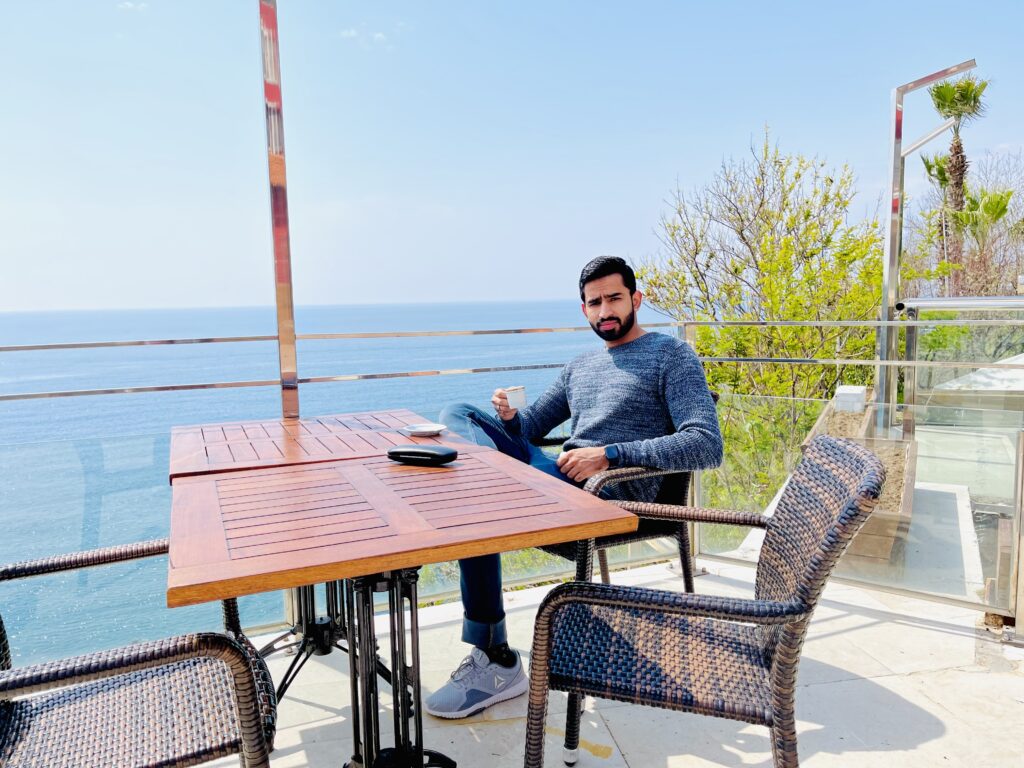
One of Antalya’s most famous attractions is the ancient city of Perge, located just a short drive from the city center. Perge was once a major city in the region of Pamphylia and is home to well-preserved ruins, including a Roman theater, stadium, and agora. Another must-visit site is the Aspendos Theater, one of the best-preserved ancient theaters in the world, which still hosts performances today. For those interested in history, the Antalya Museum offers a comprehensive collection of artifacts from the region, spanning thousands of years.
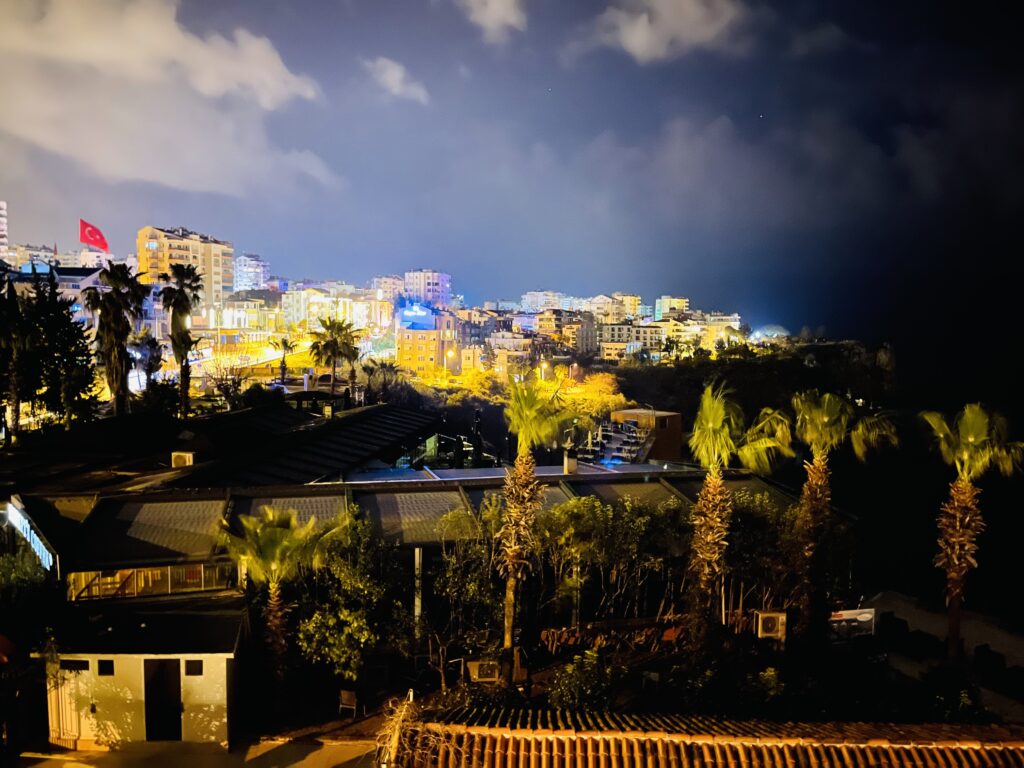
In addition to its historical sites, Antalya is also known for its natural beauty. The Düden Waterfalls, located just outside the city, are a popular spot for visitors, offering stunning views and a refreshing escape from the heat. The city’s beaches, such as Lara Beach and Konyaaltı Beach, are perfect for swimming, sunbathing, and water sports. Antalya is also a gateway to the Turquoise Coast, a stretch of coastline known for its pristine waters, secluded coves, and charming seaside towns.

Istanbul
Istanbul, Turkey’s largest city, is a vibrant metropolis that straddles two continents, Europe and Asia. Known for its rich history, stunning architecture, and bustling markets, Istanbul is a city that offers a unique blend of old and new. The city’s strategic location on the Bosphorus Strait has made it a crossroads of civilizations for centuries, resulting in a rich cultural heritage that is reflected in its diverse neighborhoods, historic sites, and vibrant street life. Istanbul is a city that never sleeps, offering something for everyone, from ancient landmarks and world-class museums to trendy cafes and bustling bazaars.

One of Istanbul’s most iconic landmarks is the Hagia Sophia, a stunning architectural masterpiece that has served as a church, mosque, and museum over its long history. The Hagia Sophia’s massive dome, intricate mosaics, and towering minarets are a testament to the city’s rich history and cultural diversity. Another must-visit site is the Blue Mosque, known for its stunning blue tiles and impressive architecture. The Topkapi Palace, once the residence of Ottoman sultans, offers a glimpse into the opulent lifestyle of the Ottoman Empire, with its lavish courtyards, ornate rooms, and priceless artifacts.
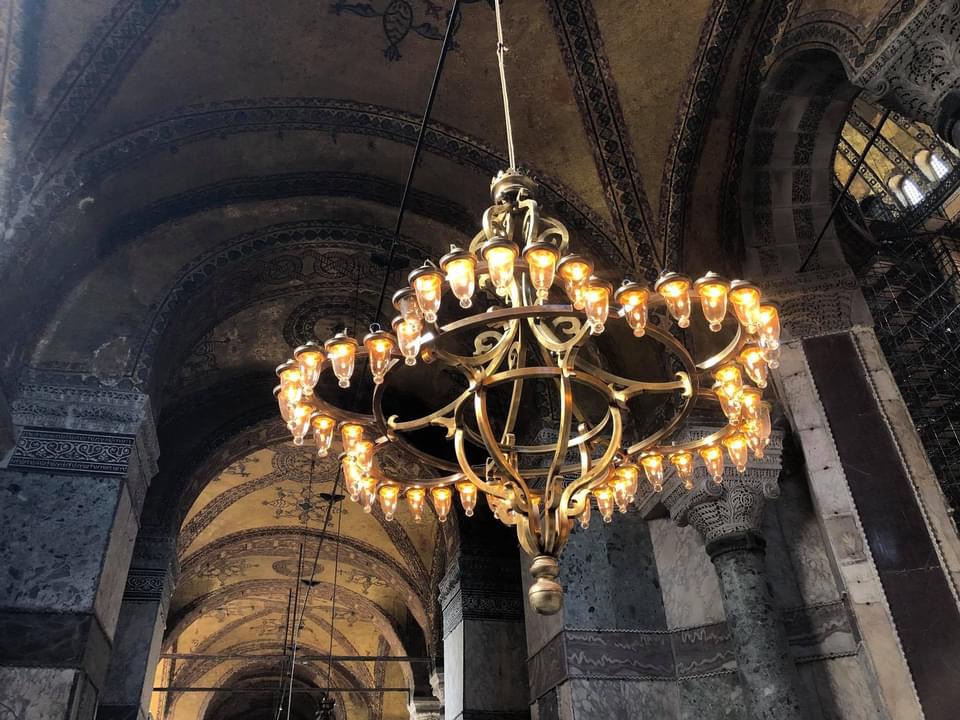
Istanbul’s Grand Bazaar is one of the oldest and largest covered markets in the world, offering a dizzying array of goods, from spices and textiles to jewelry and ceramics. The bazaar is a shopper’s paradise, with thousands of shops and stalls spread across a labyrinth of streets and alleys. For a more modern shopping experience, head to Istiklal Street, a bustling pedestrian avenue lined with shops, cafes, and galleries. The street is also home to the historic Galata Tower, which offers panoramic views of the city.

Izmir
Izmir, located on the Aegean coast of Turkey, is a vibrant city known for its rich history, stunning coastline, and lively culture. As Turkey’s third-largest city, Izmir offers a perfect blend of ancient and modern, with a wealth of historical sites, bustling markets, and beautiful beaches. The city’s history dates back thousands of years, and it has been home to various civilizations, including the Greeks, Romans, and Ottomans. Today, Izmir is a thriving metropolis that offers a diverse range of experiences for travelers, from exploring ancient ruins to enjoying the vibrant nightlife.
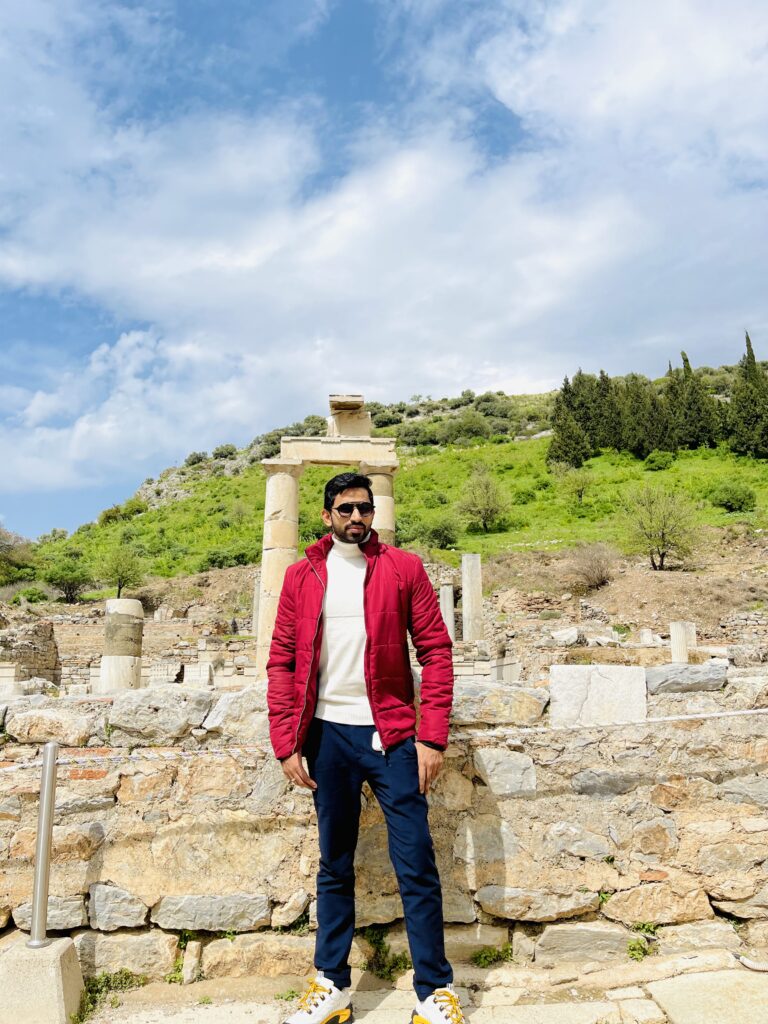
One of Izmir’s most famous attractions is the ancient city of Ephesus, located just a short drive from the city center. Ephesus is one of the best-preserved ancient cities in the world and is home to iconic landmarks such as the Library of Celsus, the Temple of Artemis, and the Great Theater. Another must-visit site is the Izmir Agora, an ancient marketplace that offers a glimpse into the city’s rich history. For those interested in history, the Izmir Archaeological Museum and the Ethnography Museum offer comprehensive collections of artifacts from the region, spanning thousands of years.
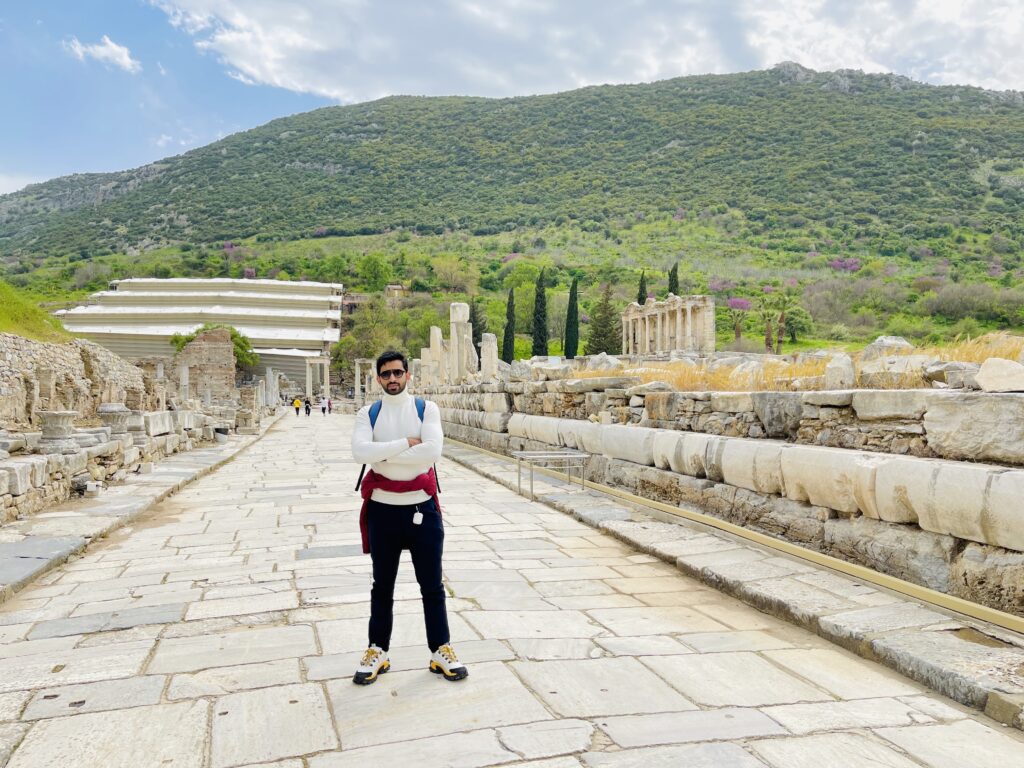
Izmir’s coastline is another major draw, with its stunning beaches and crystal-clear waters. The city’s Kordon Promenade, a lively waterfront area, is a popular spot for both locals and tourists, offering stunning views of the Aegean Sea and a wide range of cafes, restaurants, and bars. The nearby Cesme Peninsula is known for its pristine beaches, charming seaside towns, and thermal springs, making it a popular destination for those looking to relax and unwind. The peninsula is also a great spot for water sports, including windsurfing and sailing.
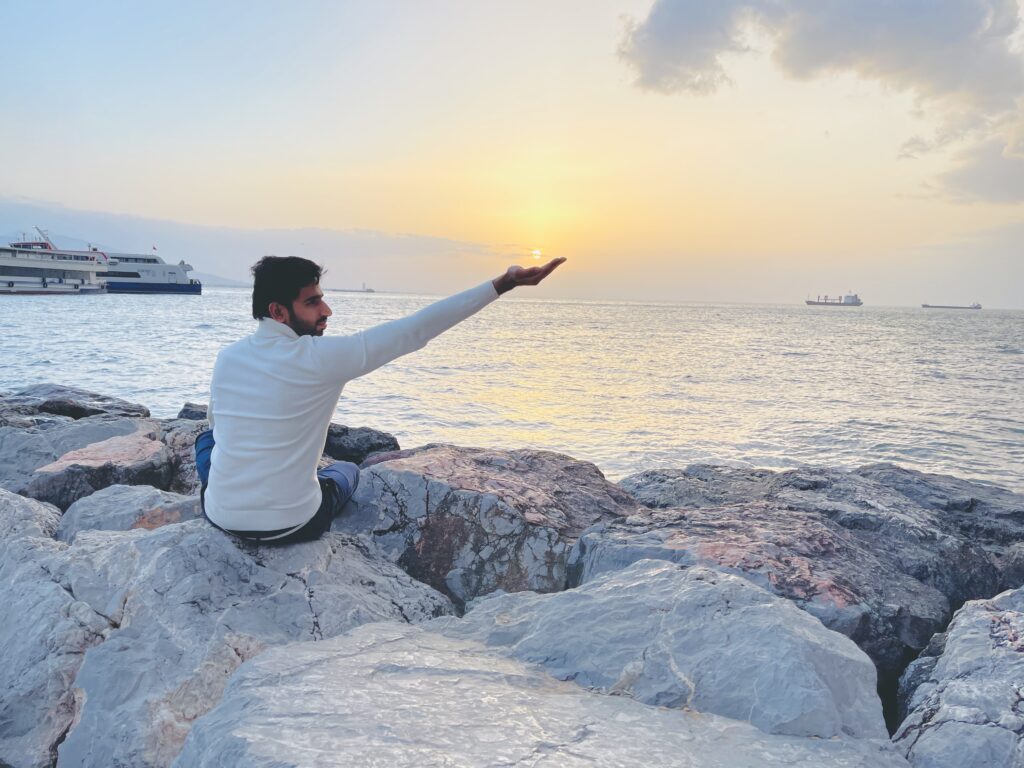
Izmir’s vibrant culture and lively atmosphere make it a great destination for travelers of all ages. The city hosts numerous festivals and events throughout the year, including the Izmir International Fair and the Izmir European Jazz Festival. With its mix of history, natural beauty, and modern amenities, Izmir offers a diverse range of experiences that cater to all types of travelers. Whether you’re exploring ancient ruins, relaxing on the beach, or enjoying the local cuisine, Izmir is a destination that will captivate your heart.
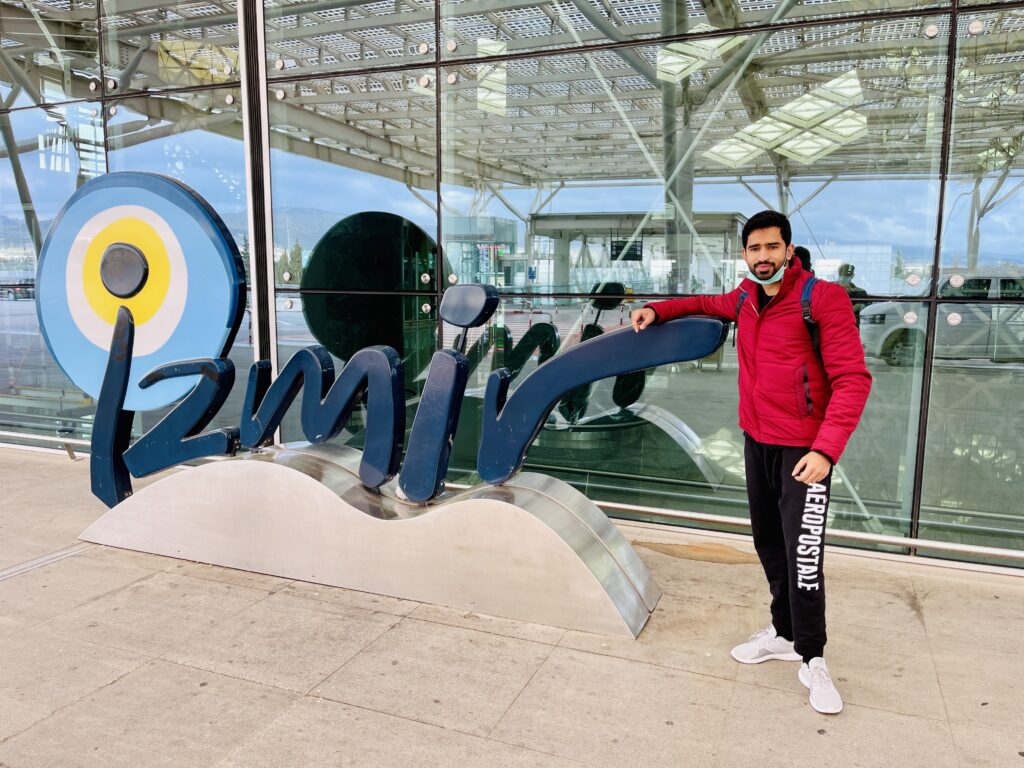
Conclusion
Turkey is a country that offers a diverse range of experiences, from the bustling streets of Istanbul to the serene beaches of Antalya and the ancient ruins of Izmir. Each of these destinations highlights a different aspect of Turkey’s charm, from its rich history and cultural heritage to its stunning natural beauty and vibrant modern culture. Whether you’re seeking adventure, relaxation, or cultural enrichment, Turkey has something to offer every type of traveler.

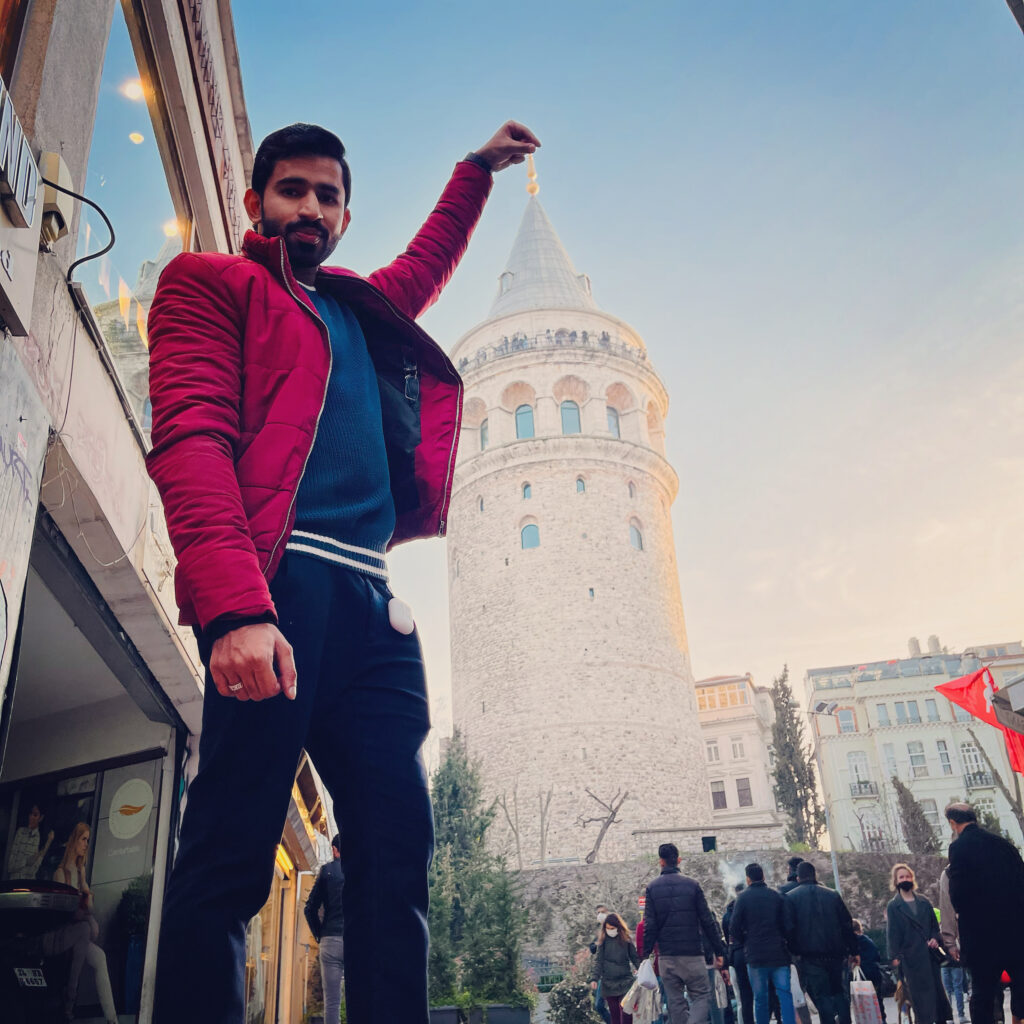
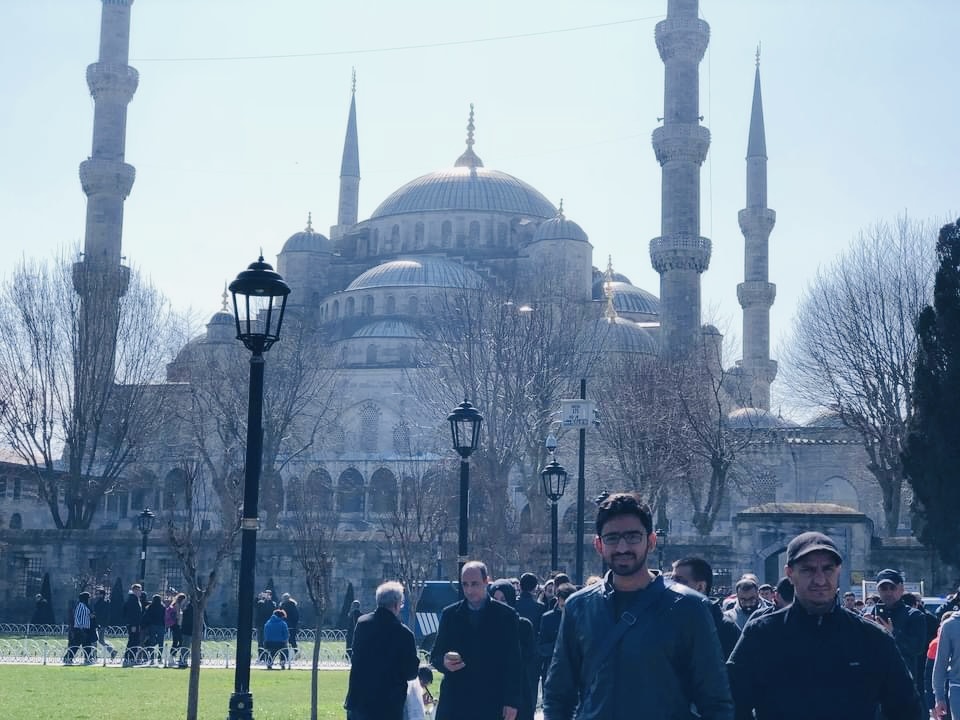


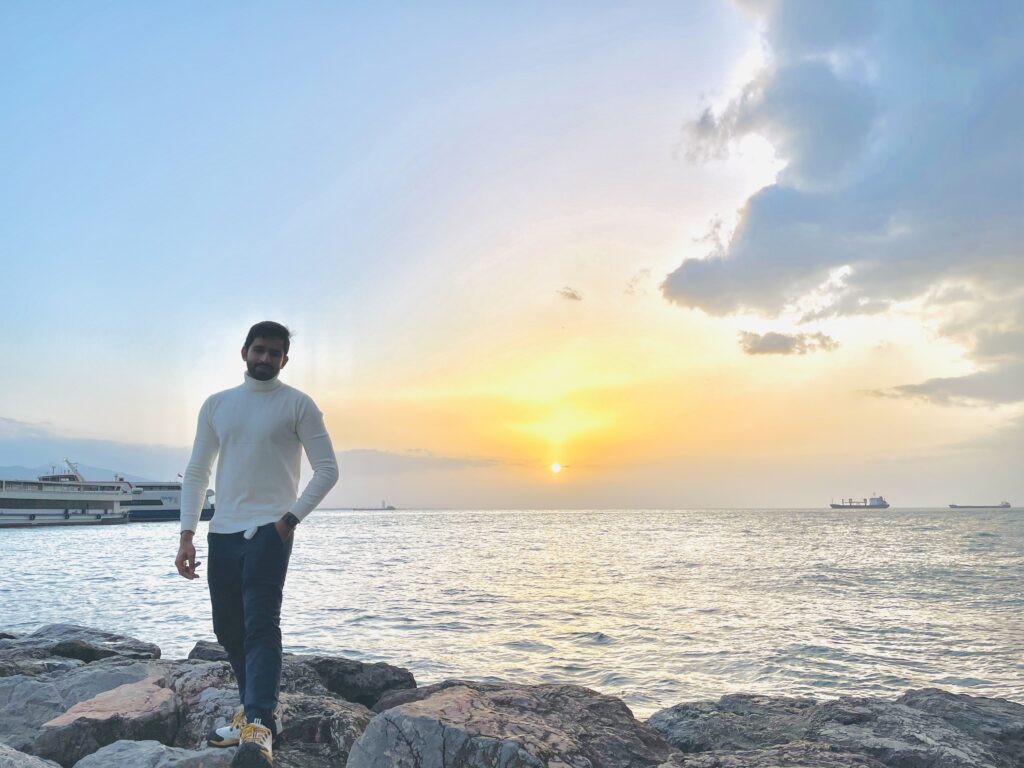

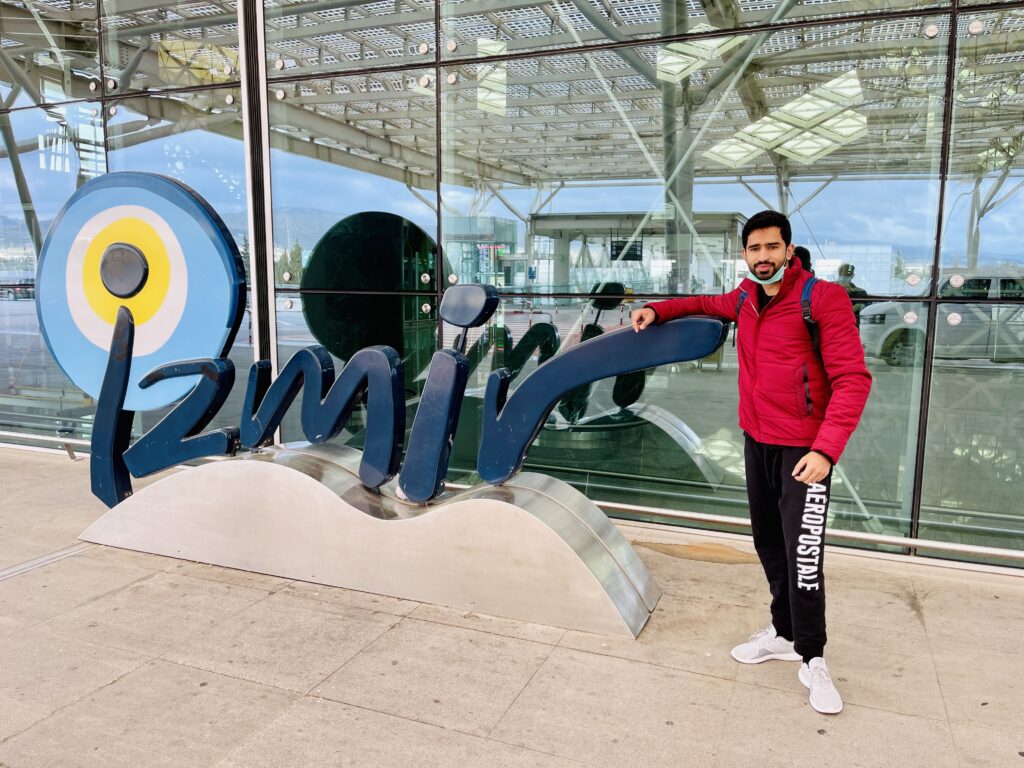
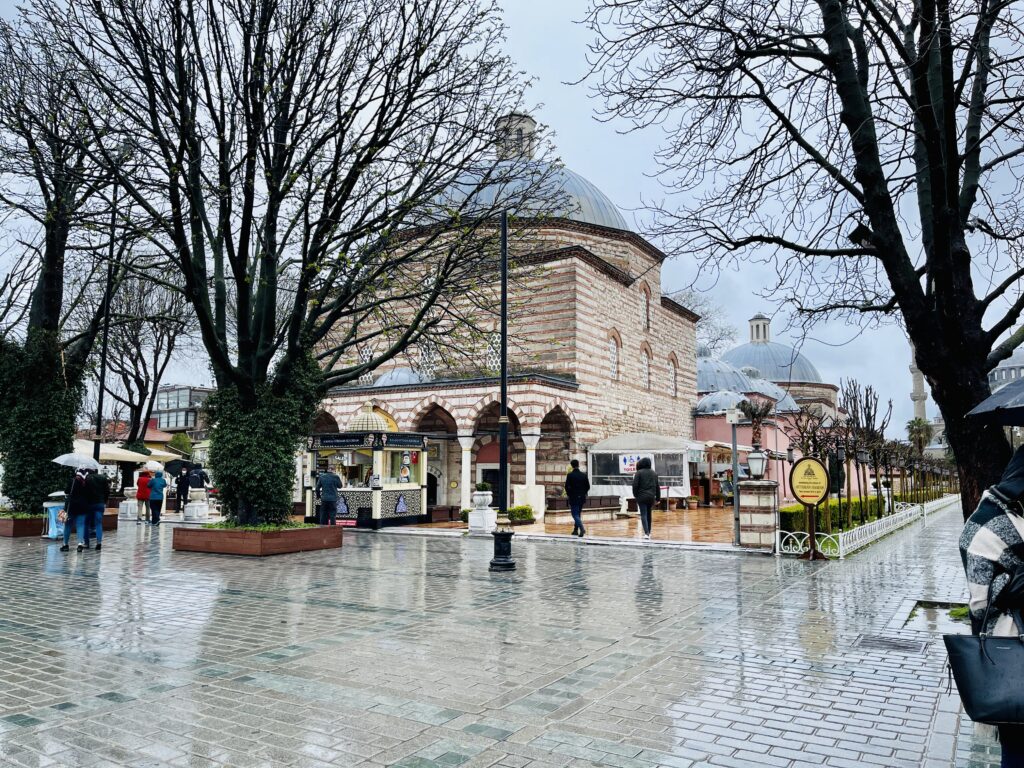
EXPLORE THAILAND WITH HASHIR
Thailand, often referred to as the “Land of Smiles,” is a Southeast Asian country renowned for its rich cultural heritage, stunning landscapes, and vibrant cities. It is a popular tourist destination, offering a blend of historical sites, tropical beaches, and bustling markets. The country is known for its warm hospitality, delicious cuisine, and diverse attractions that cater to all types of travelers. From the bustling streets of Bangkok to the serene beaches of Phuket, Thailand offers a unique experience that combines tradition and modernity.

Chao Phraya Cruise
The Chao Phraya River, often referred to as the “River of Kings,” is a major waterway that flows through the heart of Bangkok. A Chao Phraya cruise is one of the most popular ways to explore the city, offering a unique perspective of its iconic landmarks and bustling river life. The river is lined with historic temples, modern skyscrapers, and traditional wooden houses, providing a glimpse into the city’s rich history and vibrant culture. As you glide along the river, you’ll pass by some of Bangkok’s most famous attractions, including Wat Arun, the Grand Palace, and Wat Pho.
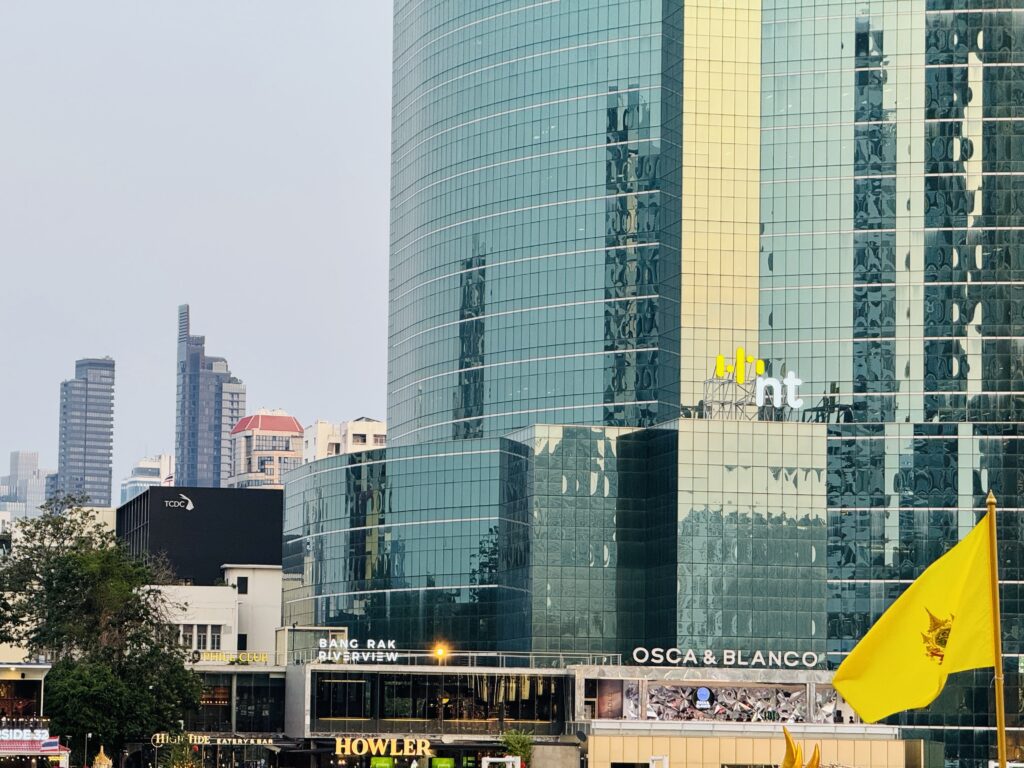
There are various types of cruises available, ranging from luxurious dinner cruises to more affordable public ferry rides. A dinner cruise is a particularly popular option, allowing visitors to enjoy a delicious Thai meal while taking in the stunning views of the city skyline illuminated at night. Many cruises also feature live music and traditional Thai dance performances, adding to the overall experience. For those looking for a more intimate experience, private boat tours are also available, offering a personalized itinerary and the opportunity to explore lesser-known parts of the river.
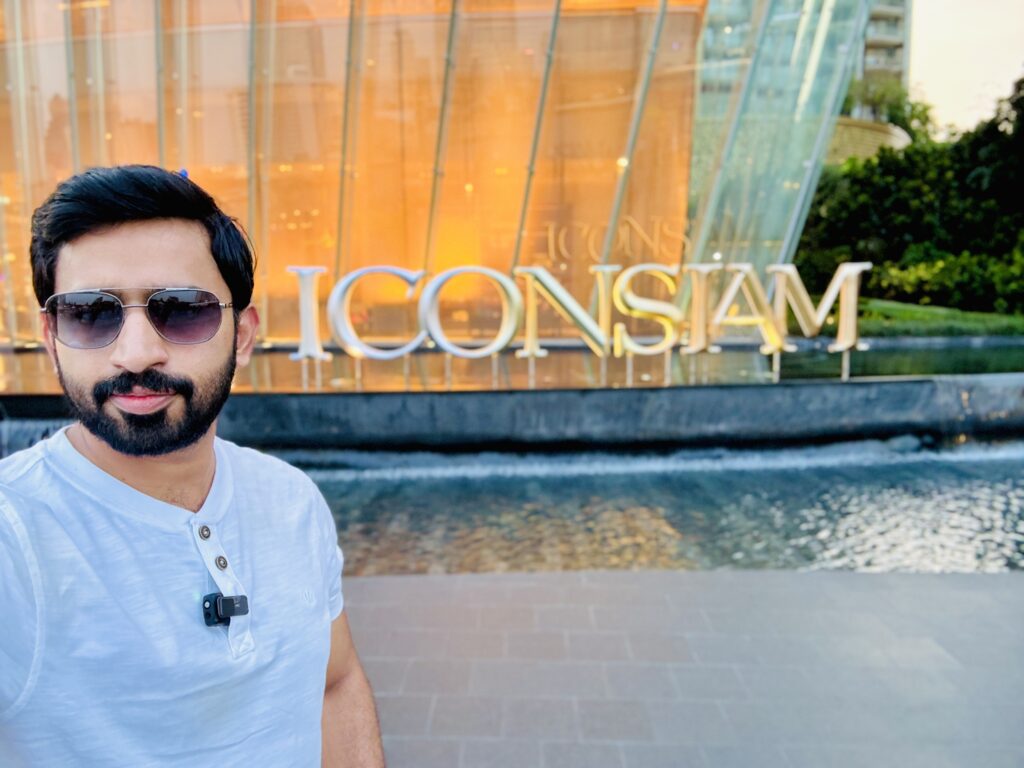
The Chao Phraya River is not only a tourist attraction but also a vital part of daily life for many Bangkok residents. The river serves as a major transportation route, with numerous ferries and water taxis shuttling people between different parts of the city. Along the riverbanks, you’ll find bustling markets, riverside restaurants, and communities that have thrived for generations. A cruise along the Chao Phraya offers a unique opportunity to witness the juxtaposition of old and new, as traditional ways of life coexist with modern developments.

In addition to its cultural and historical significance, the Chao Phraya River is also an important ecological resource. Efforts have been made to preserve the river’s natural beauty and improve water quality, ensuring that it remains a vital part of Bangkok’s landscape. Whether you’re a first-time visitor or a seasoned traveler, a Chao Phraya cruise is a must-do experience that offers a deeper understanding of Bangkok’s rich heritage and vibrant present.
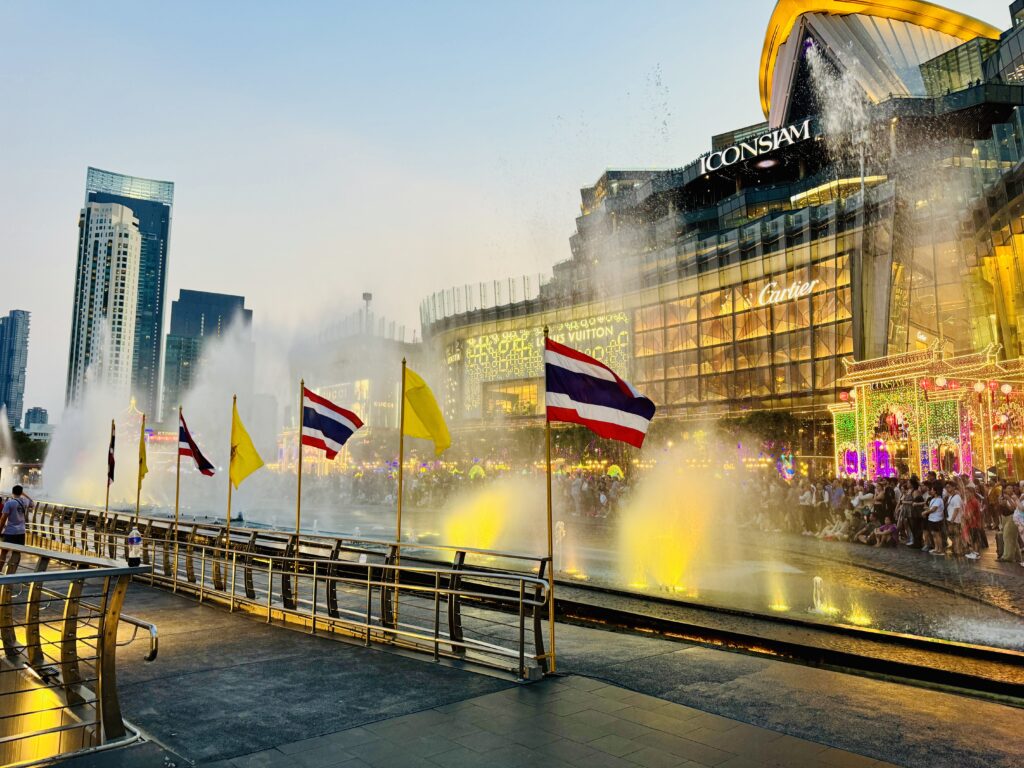
Coral Island
Coral Island, also known as Koh Larn, is a tropical paradise located just off the coast of Pattaya in the Gulf of Thailand. Known for its crystal-clear waters, white sandy beaches, and vibrant coral reefs, Coral Island is a popular destination for beach lovers and water sports enthusiasts. The island is relatively small, making it easy to explore, and offers a range of activities, from snorkeling and scuba diving to parasailing and jet-skiing. Whether you’re looking for adventure or relaxation, Coral Island has something for everyone.
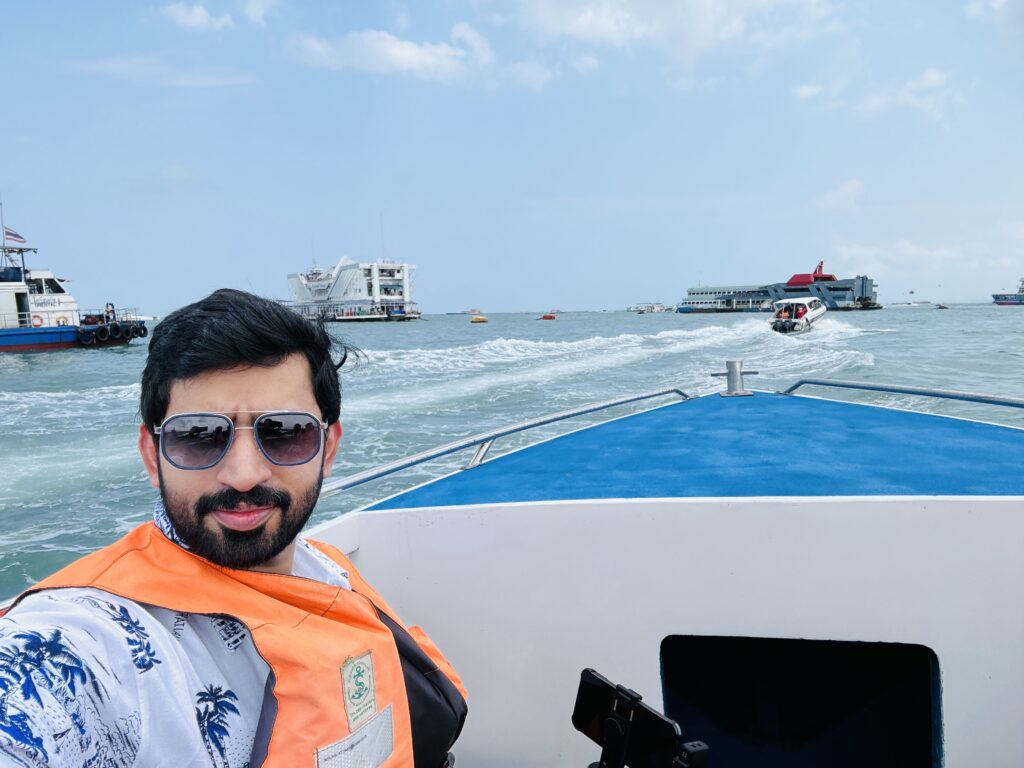
The island’s beaches are its main attraction, with each offering a unique experience. Tawaen Beach is the most popular, known for its soft sand and calm waters, making it ideal for swimming and sunbathing. Samae Beach, on the other hand, is quieter and more secluded, perfect for those looking to escape the crowds. Nual Beach is another favorite, offering stunning views and excellent snorkeling opportunities. No matter which beach you choose, you’ll be surrounded by the natural beauty of the island, with lush greenery and turquoise waters creating a picture-perfect setting.
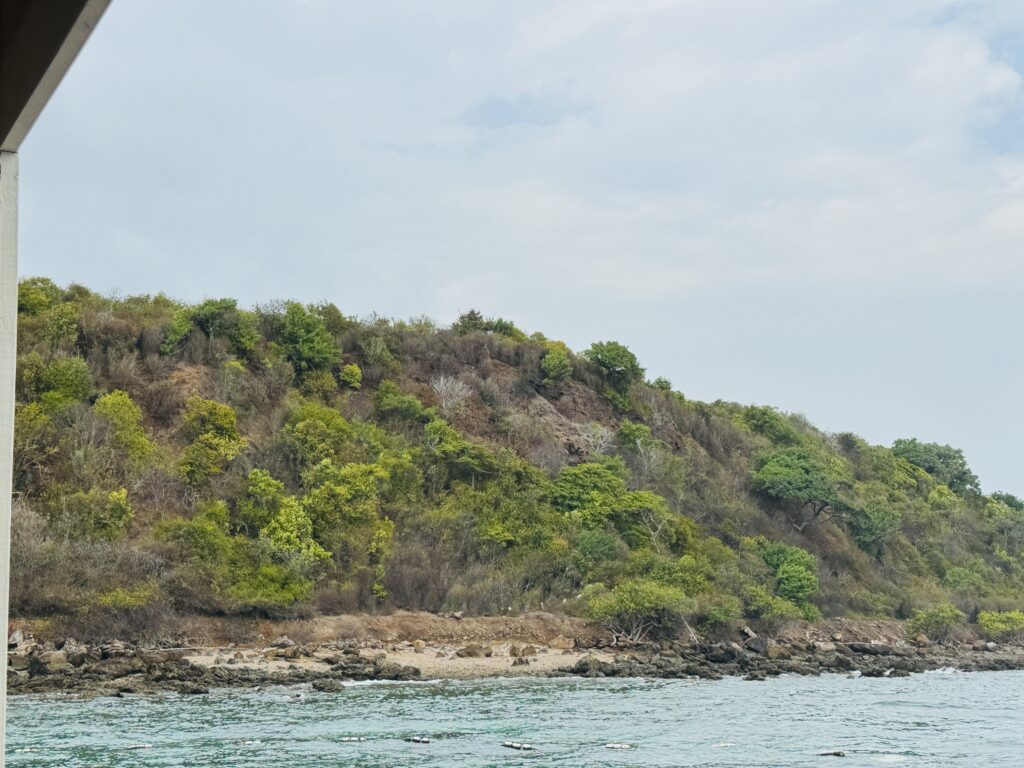
In addition to its beaches, Coral Island is also home to a variety of marine life, making it a haven for snorkeling and diving enthusiasts. The coral reefs surrounding the island are teeming with colorful fish, sea turtles, and other marine creatures, providing an unforgettable underwater experience. For those who prefer to stay above water, glass-bottom boat tours are available, allowing you to admire the vibrant coral reefs without getting wet. The island also offers a range of water sports, including banana boat rides, kayaking, and windsurfing, ensuring that there’s never a dull moment.

The Grand Palace
The Grand Palace is one of Thailand’s most iconic landmarks and a must-visit destination for anyone traveling to Bangkok. Built in 1782, the palace served as the official residence of the Kings of Siam (and later Thailand) for over 150 years. Today, it is a major tourist attraction, drawing millions of visitors each year who come to marvel at its stunning architecture and rich history. The Grand Palace complex is vast, covering an area of over 218,000 square meters, and includes several buildings, halls, and temples, each with its own unique significance.
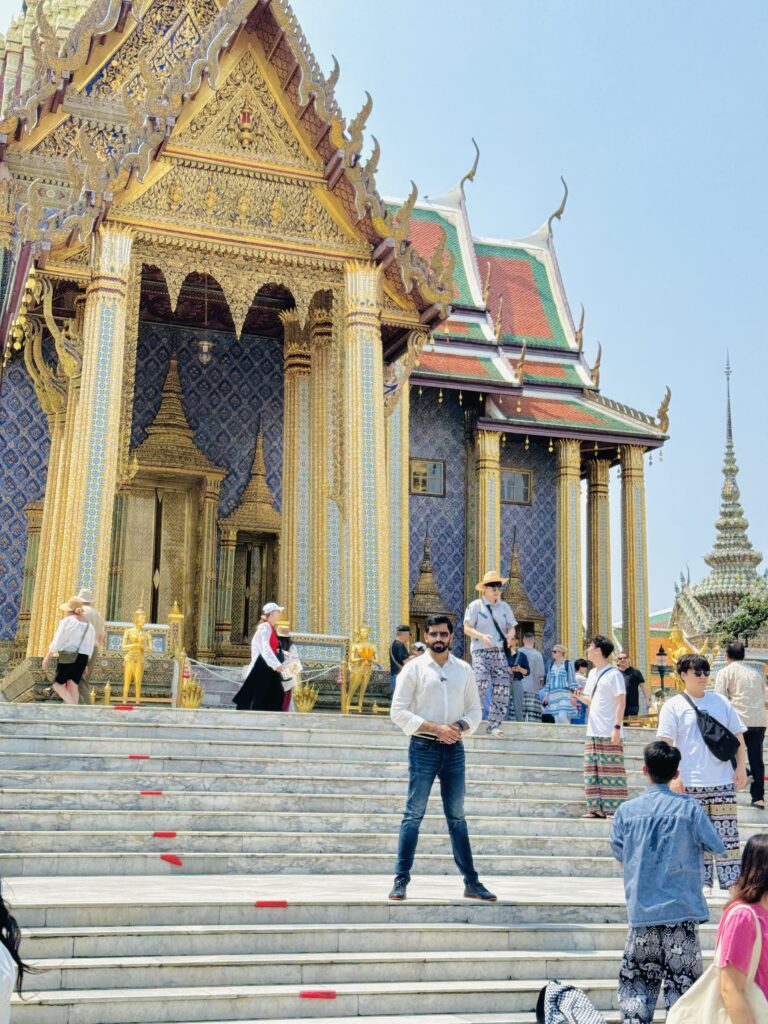
One of the most famous structures within the Grand Palace complex is Wat Phra Kaew, also known as the Temple of the Emerald Buddha. This sacred temple houses the Emerald Buddha, a highly revered statue carved from a single block of jade. The temple’s intricate design and ornate decorations are a testament to the skill and craftsmanship of Thai artisans. Visitors are required to dress modestly when entering the temple, as it is considered a sacred site. The temple’s exterior is adorned with colorful mosaics, gold leaf, and intricate carvings, making it a visual feast for the eyes.

The Grand Palace itself is a stunning example of Thai architecture, blending traditional Thai styles with European influences. The palace’s buildings are adorned with intricate details, including gold leaf, mirrored mosaics, and elaborate carvings. The Chakri Maha Prasat Hall, one of the most prominent buildings within the complex, features a unique blend of Thai and European architectural styles, with its spired roof and neoclassical columns. The hall is used for important state ceremonies and is a symbol of the Thai monarchy’s enduring legacy.
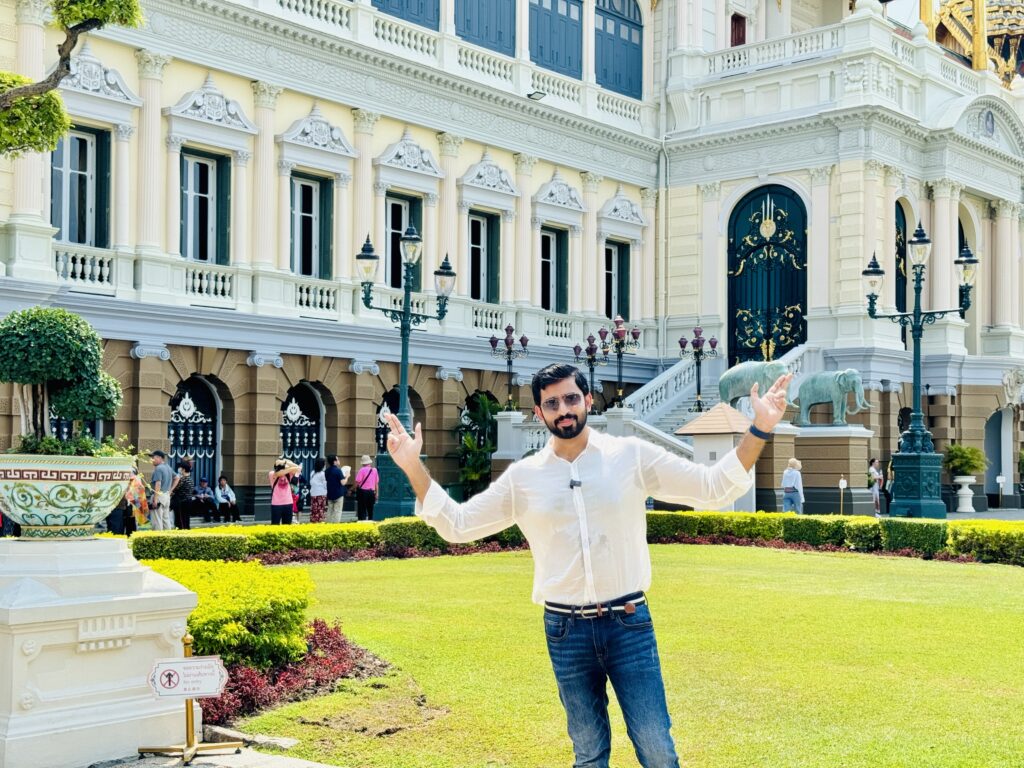
Visiting the Grand Palace is a journey through Thailand’s rich history and cultural heritage. The complex is not only a testament to the country’s architectural prowess but also a reflection of its deep-rooted traditions and values. Guided tours are available, offering insights into the history and significance of the various buildings and structures within the complex. Whether you’re a history buff, an architecture enthusiast, or simply a curious traveler, the Grand Palace is a must-see destination that offers a glimpse into the heart of Thailand’s cultural identity.
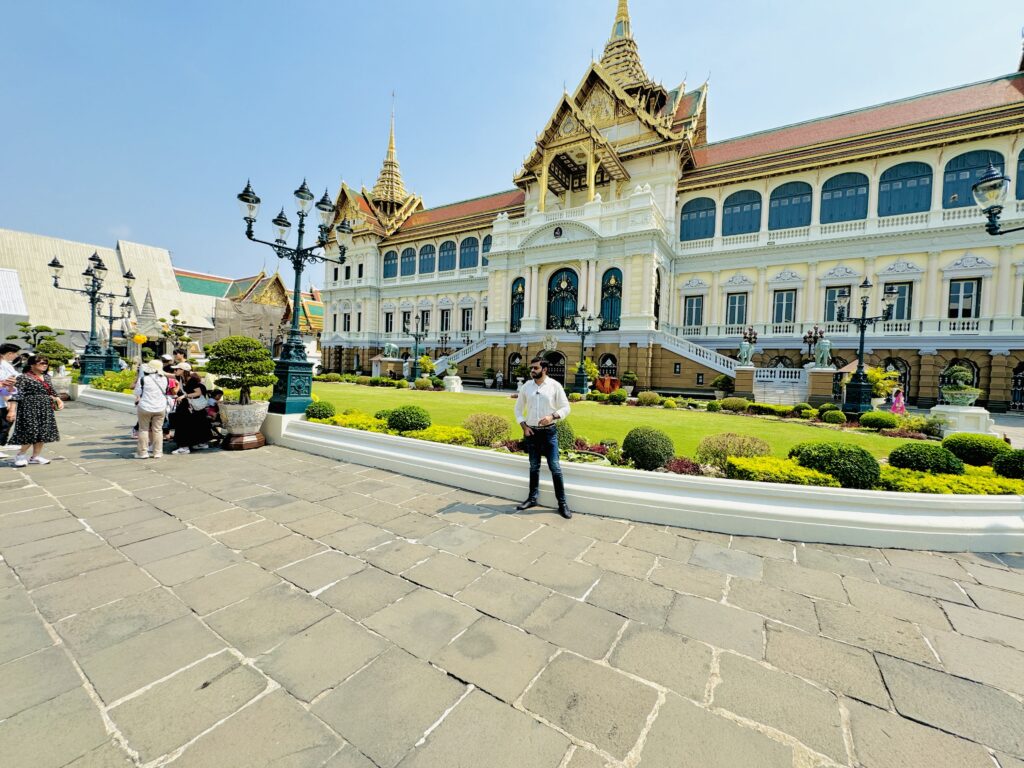
Conclusion
Thailand is a country that offers a diverse range of experiences, from the bustling streets of Bangkok to the serene beaches of its tropical islands. The Chao Phraya Cruise provides a unique perspective of the capital city, allowing visitors to explore its iconic landmarks and vibrant river life. Coral Island, with its crystal-clear waters and vibrant coral reefs, is a paradise for beach lovers and water sports enthusiasts. The Grand Palace, with its stunning architecture and rich history, offers a glimpse into Thailand’s cultural heritage and royal legacy.
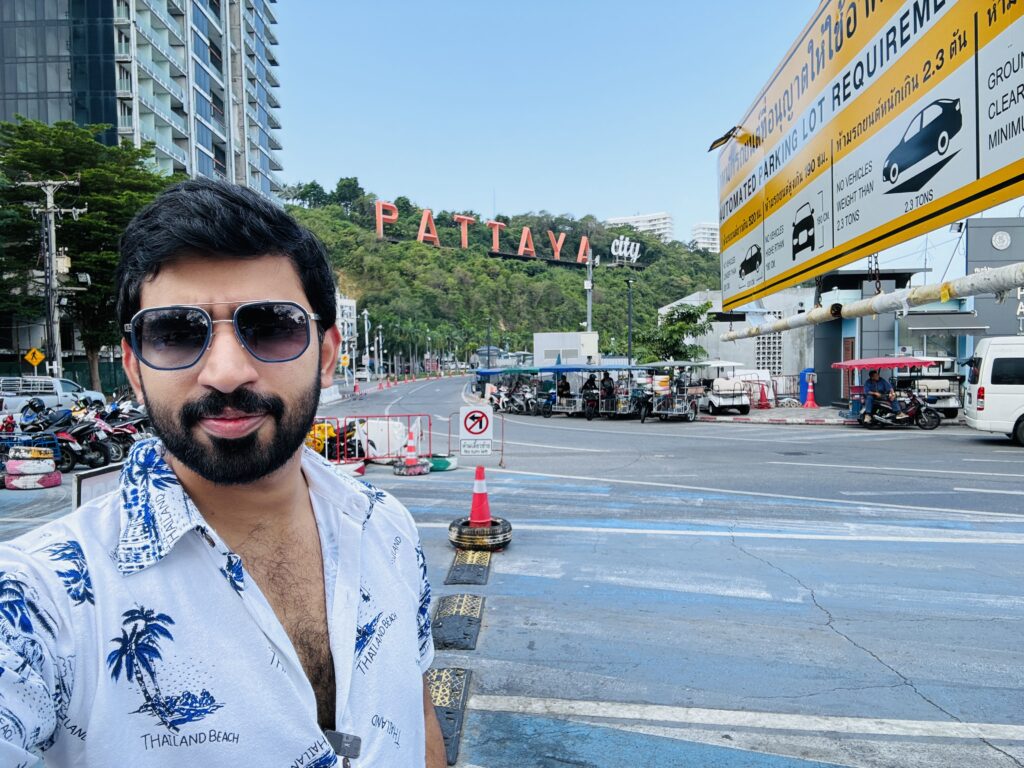
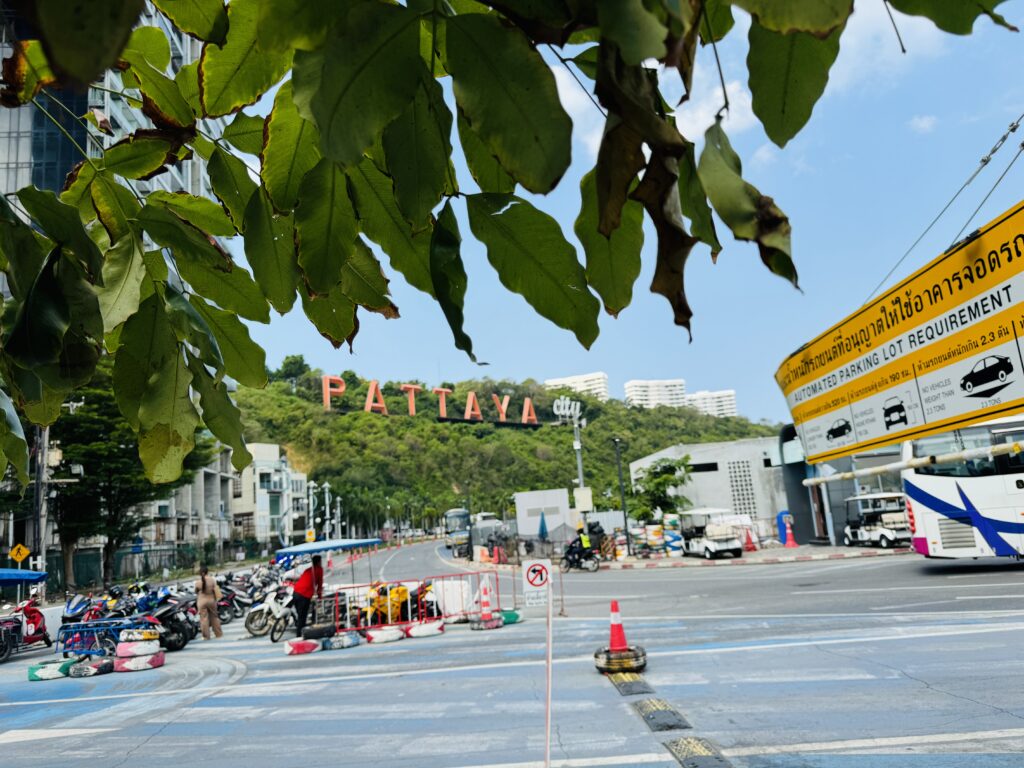
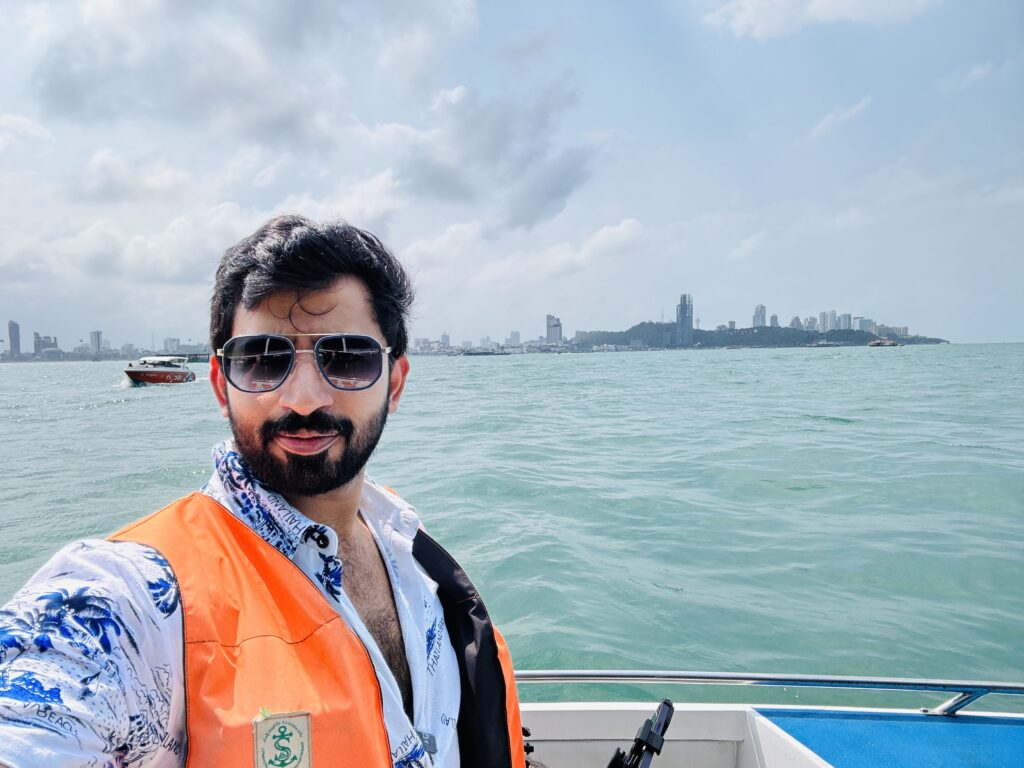



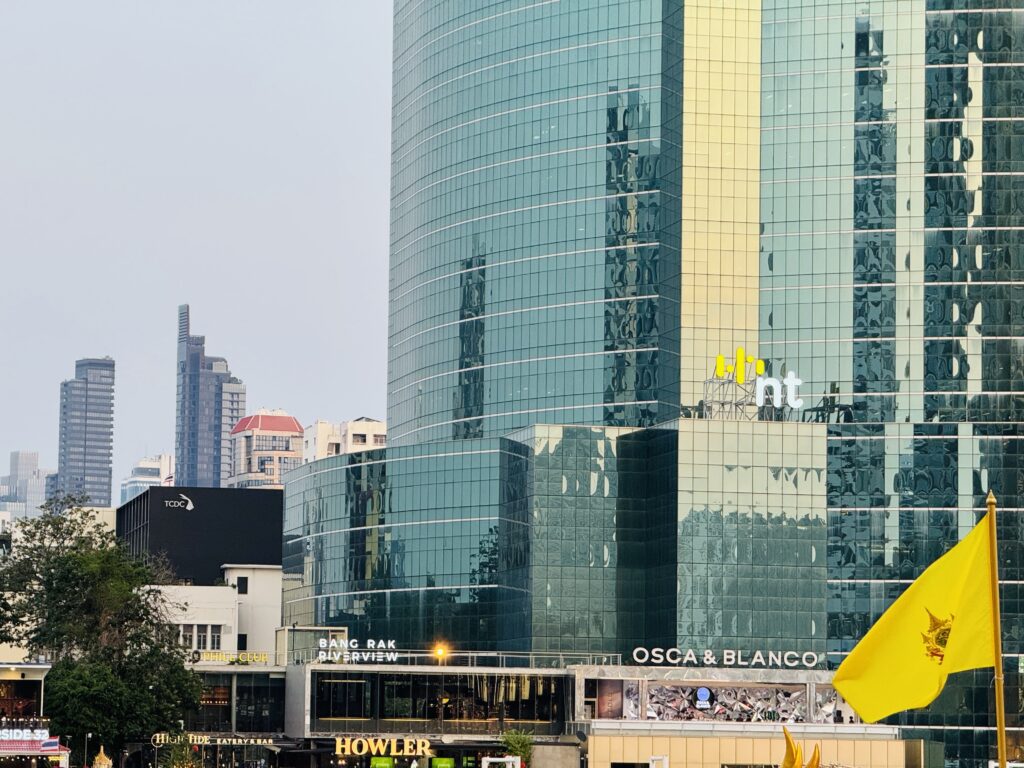
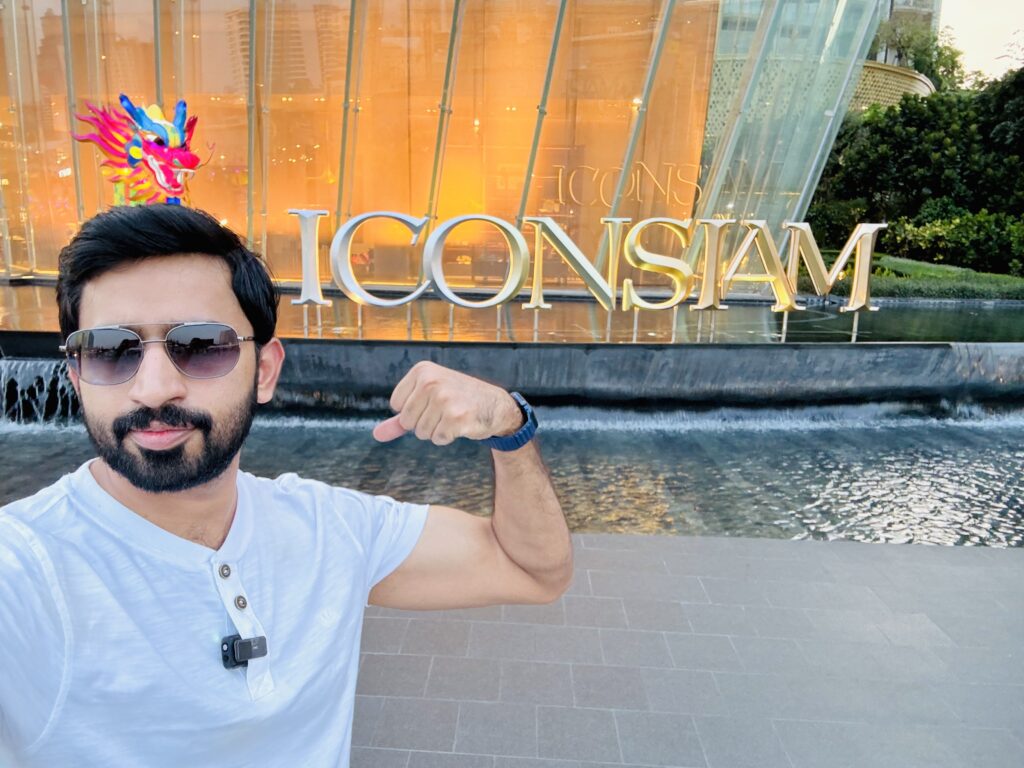

EXPLORE SRI-LANKA WITH HASHIR
Sri Lanka, an island nation located in the Indian Ocean, is renowned for its natural beauty, rich cultural heritage, and historical significance. With a history dating back over 2,500 years, it is home to ancient civilizations, sacred temples, and diverse landscapes. The capital city, Colombo, is a bustling metropolis, while Sri Jayawardenepura Kotte serves as the administrative capital. Known as the “Pearl of the Indian Ocean,” Sri Lanka offers a unique blend of tradition, modernity, and natural wonders.
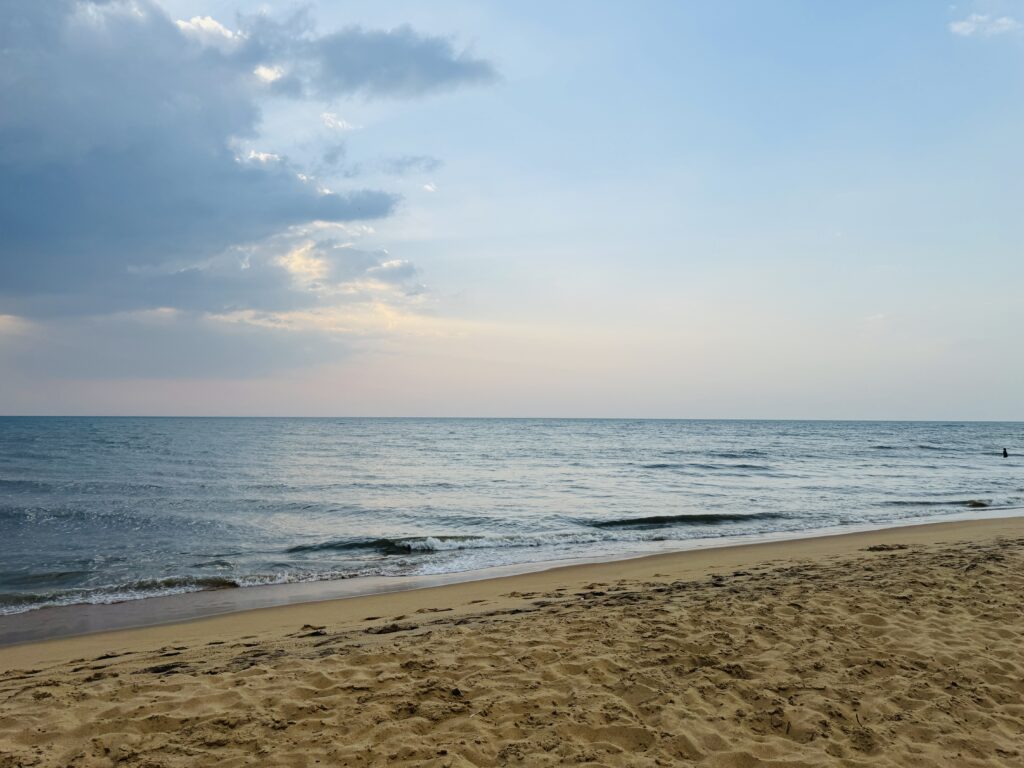
Geography and Natural Beauty
Sri Lanka’s diverse geography ranges from golden beaches and tropical rainforests to misty mountains and vast plains. The Central Highlands, a UNESCO World Heritage site, are famous for their tea plantations and cool climate. Coastal areas such as Bentota and Unawatuna attract visitors with their pristine beaches and water sports. The Yala National Park is home to diverse wildlife, including leopards and elephants, while Adam’s Peak is a significant pilgrimage site with stunning views.

Cultural Heritage and History
Sri Lanka boasts a rich cultural legacy influenced by Buddhism, Hinduism, Christianity, and Islam. Ancient cities like Anuradhapura and Polonnaruwa reveal the grandeur of past kingdoms through well-preserved ruins and sacred temples. The Temple of the Sacred Tooth Relic in Kandy is one of the most important Buddhist pilgrimage sites. Festivals like Vesak (celebrating Buddha’s birth, enlightenment, and passing) and Sinhala and Tamil New Year reflect the country’s cultural diversity and spiritual traditions.
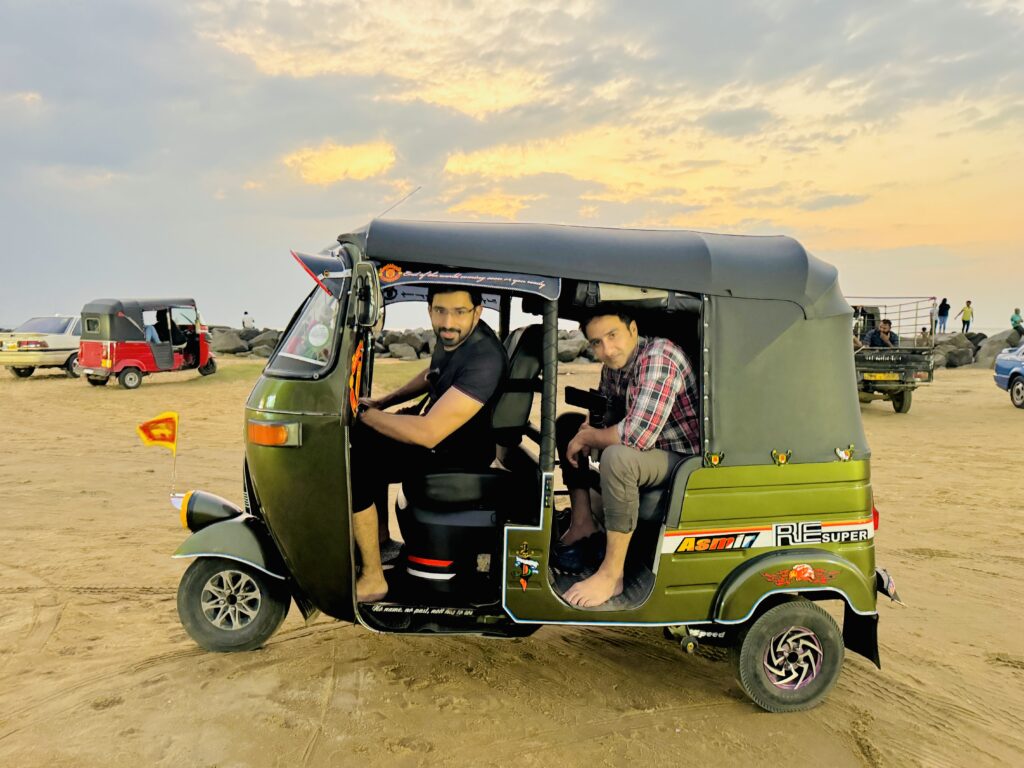
Economy and Development
Sri Lanka’s economy is based on agriculture, tourism, and exports of tea, rubber, and textiles. The island is one of the world’s largest producers of Ceylon tea, which remains a major source of revenue. Tourism plays a vital role in the economy, with visitors drawn to its historical sites, wildlife safaris, and beach resorts. Urban centers like Colombo are experiencing rapid development with modern infrastructure, while rural areas continue to rely on traditional agriculture.
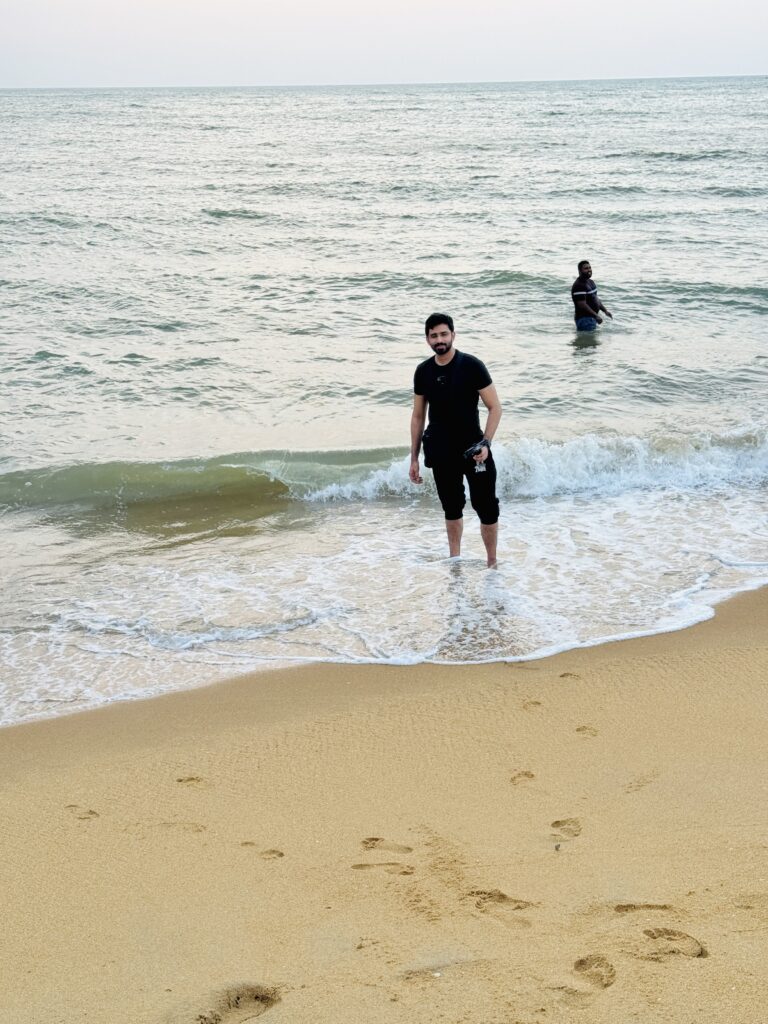
Tourism and Major Attractions
Sri Lanka is a popular travel destination offering a variety of attractions. Sigiriya, an ancient rock fortress, is a UNESCO World Heritage site and one of the country’s most iconic landmarks. The Galle Fort, a colonial-era fortification, reflects the island’s European influences. Visitors also flock to Nuwara Eliya, known for its scenic landscapes and tea gardens. Beach lovers enjoy the coastal beauty of Mirissa and Arugam Bay, which are famous for surfing and whale watching.
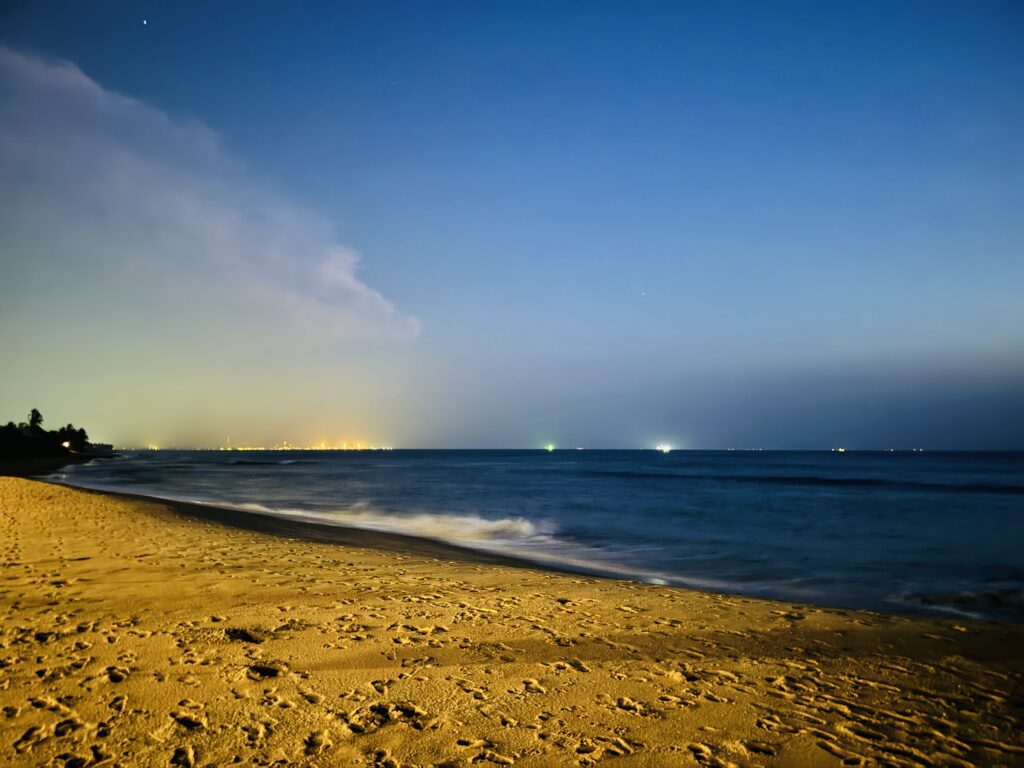
People and Culture
The people of Sri Lanka are known for their hospitality and warmth. The population consists of Sinhalese, Tamils, Moors, and other ethnic groups, creating a rich tapestry of languages, traditions, and cuisines. Sri Lankan cuisine is flavorful, with popular dishes like rice and curry, hoppers, and kottu roti. The arts, including traditional Kandyan dance and wood carving, reflect the island’s cultural pride and creativity.

Conclusion
Sri Lanka is a land of breathtaking landscapes, ancient history, and vibrant culture. Its diverse geography, rich heritage, and welcoming people make it a unique and fascinating destination. As the country continues to develop, it preserves its cultural roots while embracing modernity. Whether exploring ancient ruins, relaxing on tropical beaches, or experiencing the warmth of its people, Sri Lanka leaves a lasting impression as a jewel of the Indian Ocean.


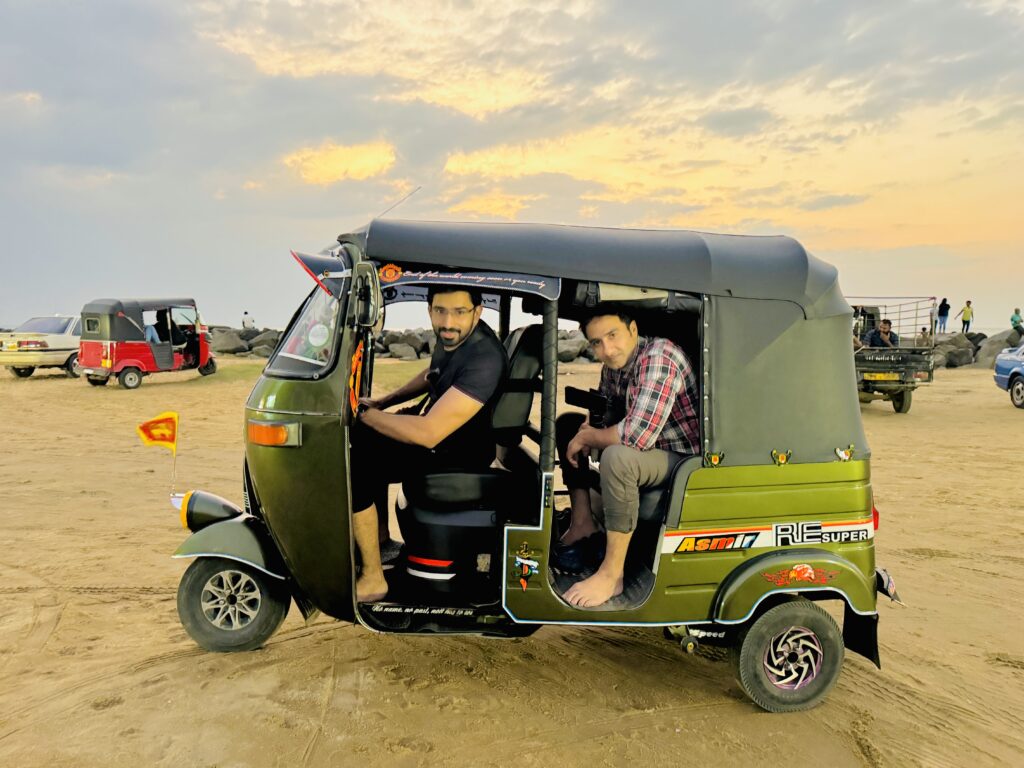
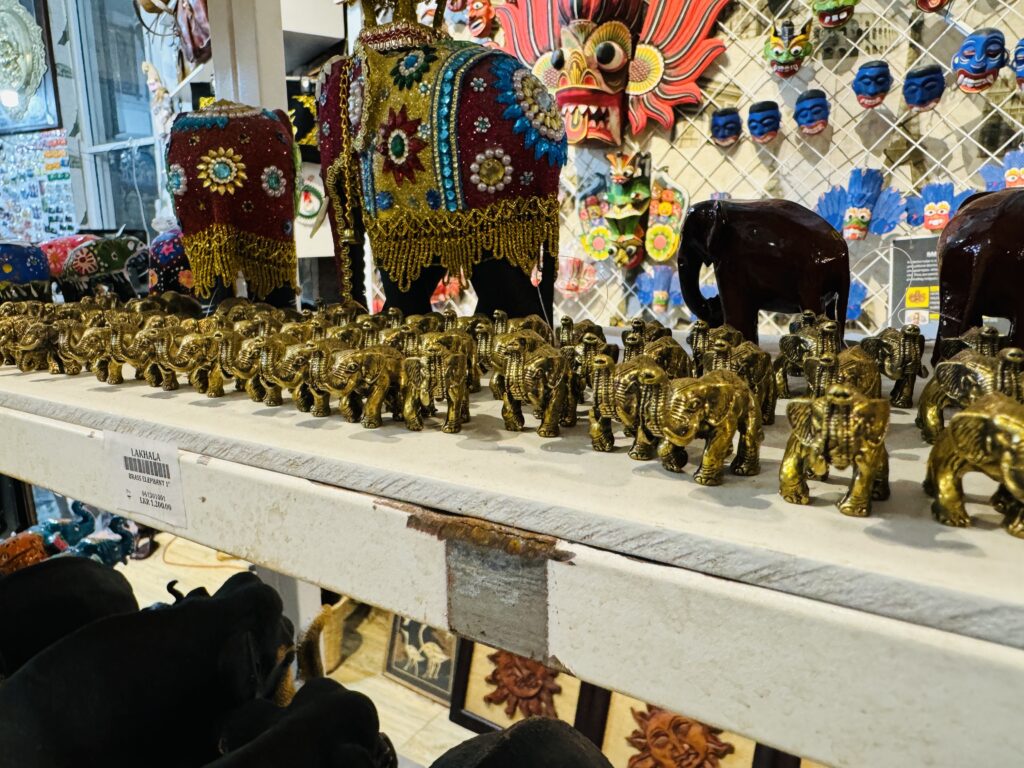




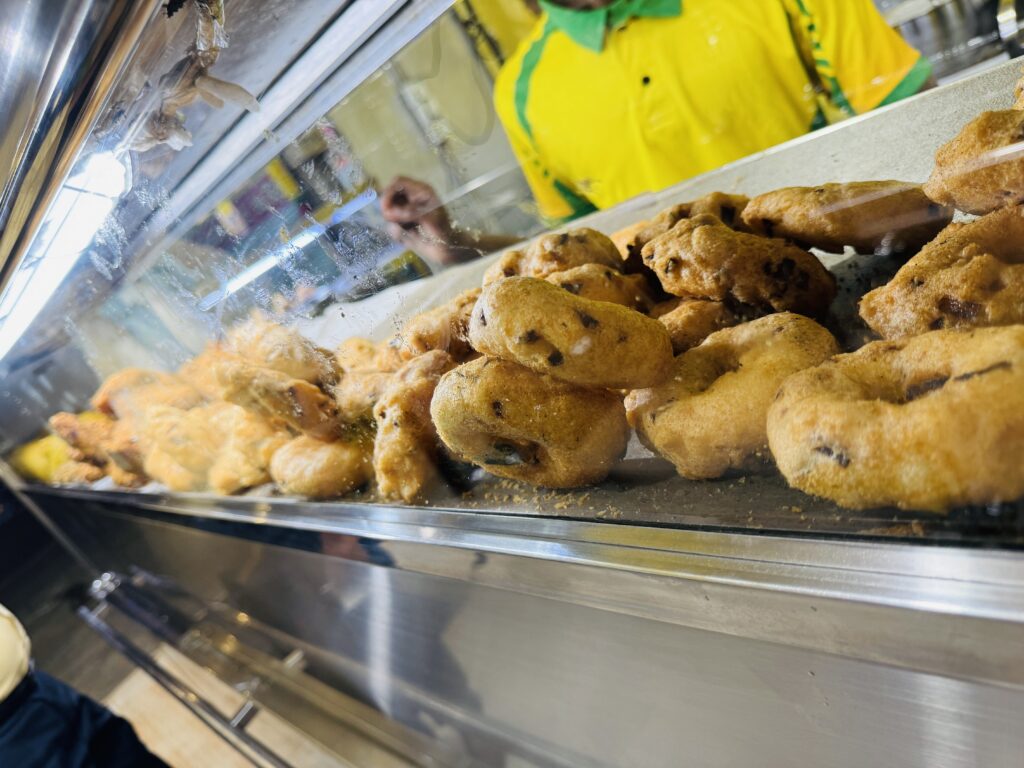
EXPLORE QATAR WITH HASHIR
Qatar, located on the northeastern coast of the Arabian Peninsula, is a small but powerful nation known for its wealth, cultural heritage, and rapid modernization. Its capital, Doha, is a global hub for business, culture, and innovation. With vast reserves of natural gas and oil, Qatar has transformed from a desert nation into one of the wealthiest countries in the world. Despite its modern advancements, Qatar remains deeply connected to its traditions, blending Islamic values with contemporary lifestyles.

Economic Growth and Development
Qatar’s economy is primarily driven by its rich natural resources, particularly oil and natural gas. It holds some of the largest gas reserves in the world, making it a key player in the global energy market. This wealth has fueled rapid urban development, including iconic projects like The Pearl-Qatar, a luxurious artificial island, and Lusail City, a futuristic metropolis. The country’s investment in infrastructure and technology has made it a leading destination for international business and tourism.
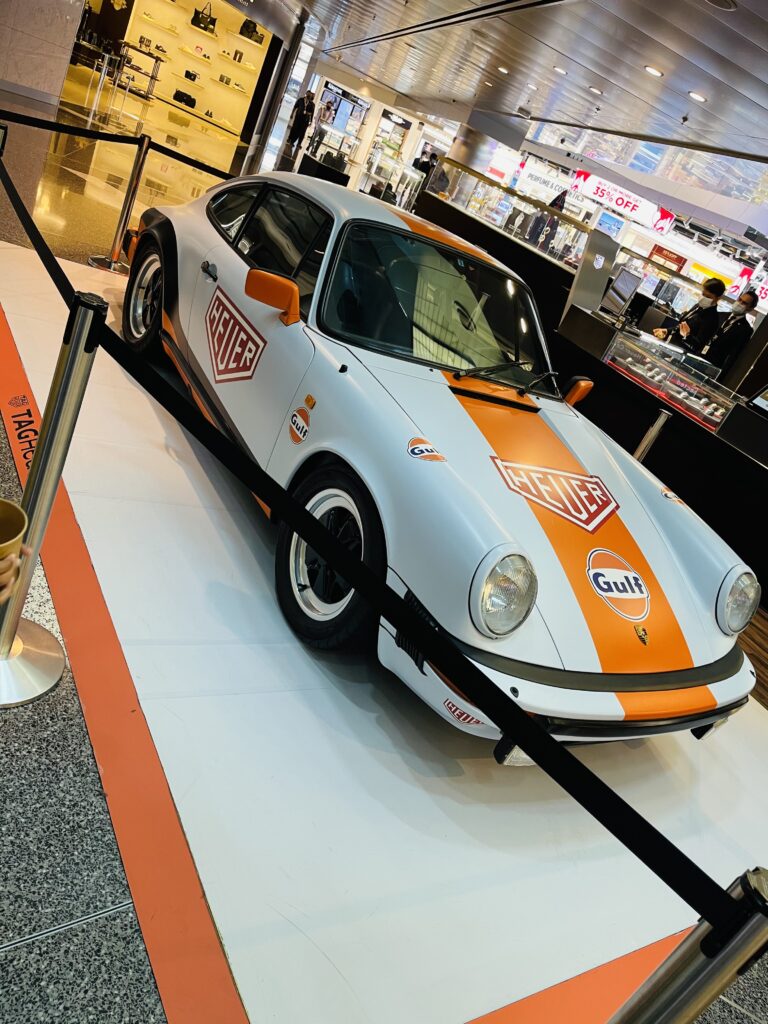
Cultural Heritage and Traditions
While Qatar embraces modernity, it also preserves its rich cultural heritage. Traditional Qatari customs, such as falconry, camel racing, and dhow boat building, remain significant. Museums like the National Museum of Qatar and the Museum of Islamic Art showcase the country’s historical and artistic achievements. Events such as National Day and the Katara Cultural Village festivals highlight Qatar’s commitment to celebrating its identity while welcoming global influences.
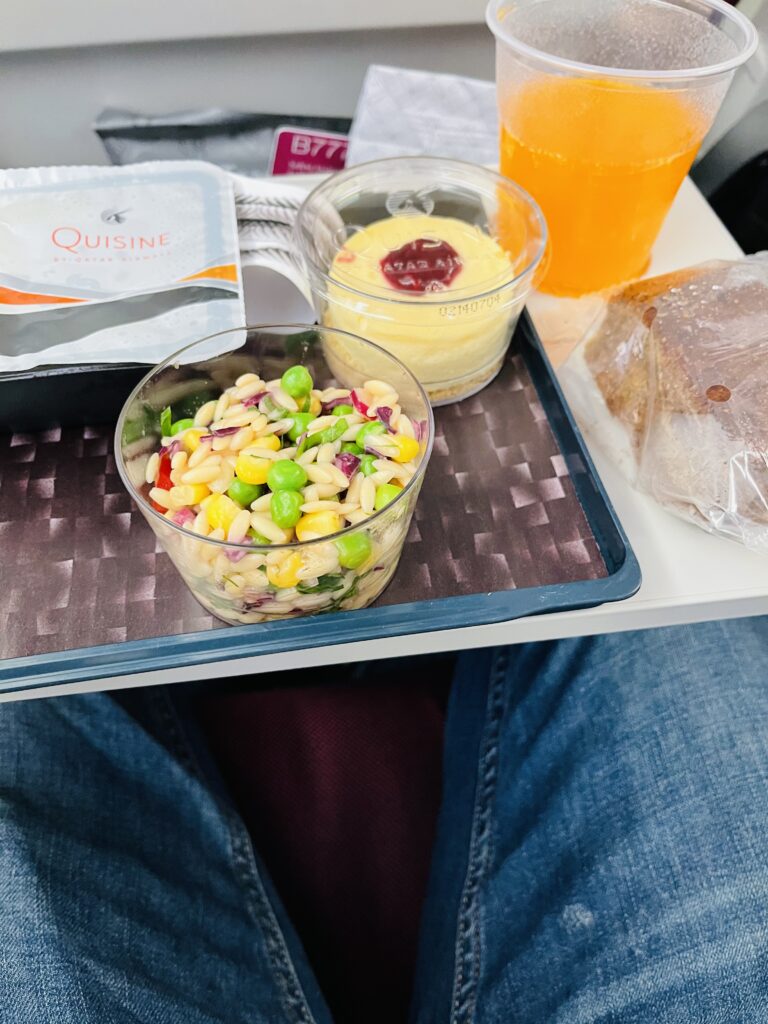
Global Influence and Tourism
Qatar’s global profile has risen significantly through international diplomacy, media, and sports. The country is home to Al Jazeera, one of the world’s leading news networks, and hosted the 2022 FIFA World Cup, the first World Cup held in the Middle East. Tourists are drawn to attractions like Souq Waqif, a traditional market offering local crafts and cuisine, and the beautiful Inland Sea, a natural wonder where the desert meets the sea. Qatar continues to expand its tourism sector with luxurious hotels and world-class entertainment.
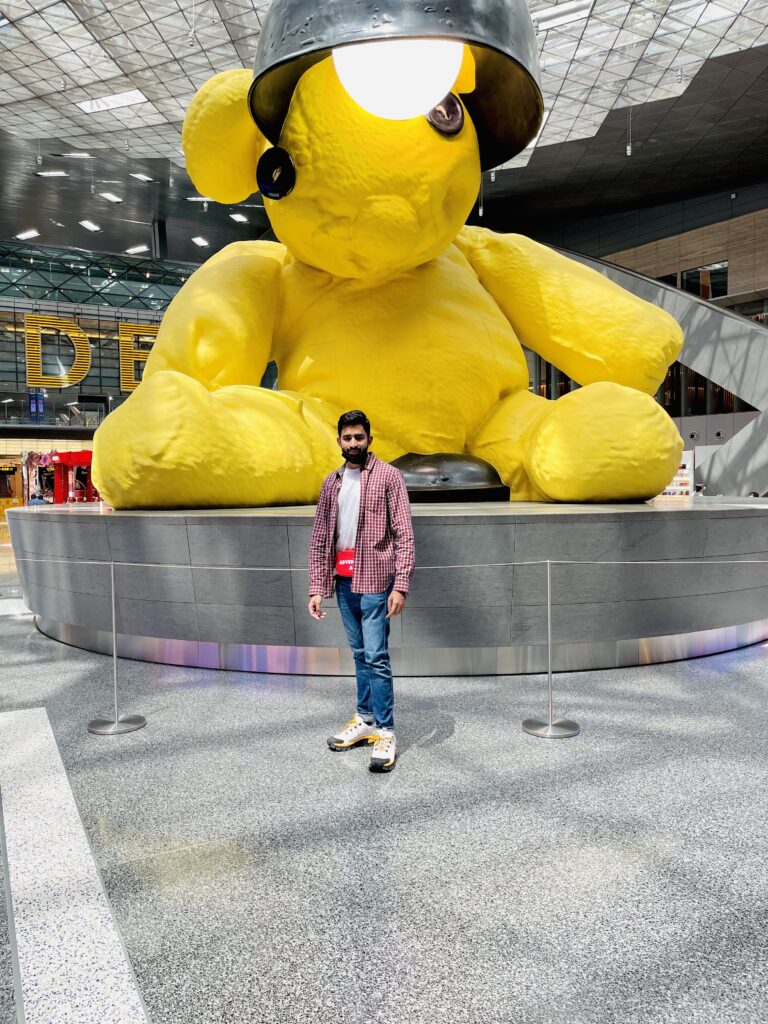
Conclusion
Qatar is a nation that successfully balances rapid modernization with a deep respect for its cultural heritage. Its thriving economy, advanced infrastructure, and global influence make it a prominent player on the world stage. At the same time, Qatar remains rooted in its traditions, offering visitors a unique blend of past and future. As the country continues to grow, it stands as a symbol of progress and cultural pride in the Arabian Gulf region.
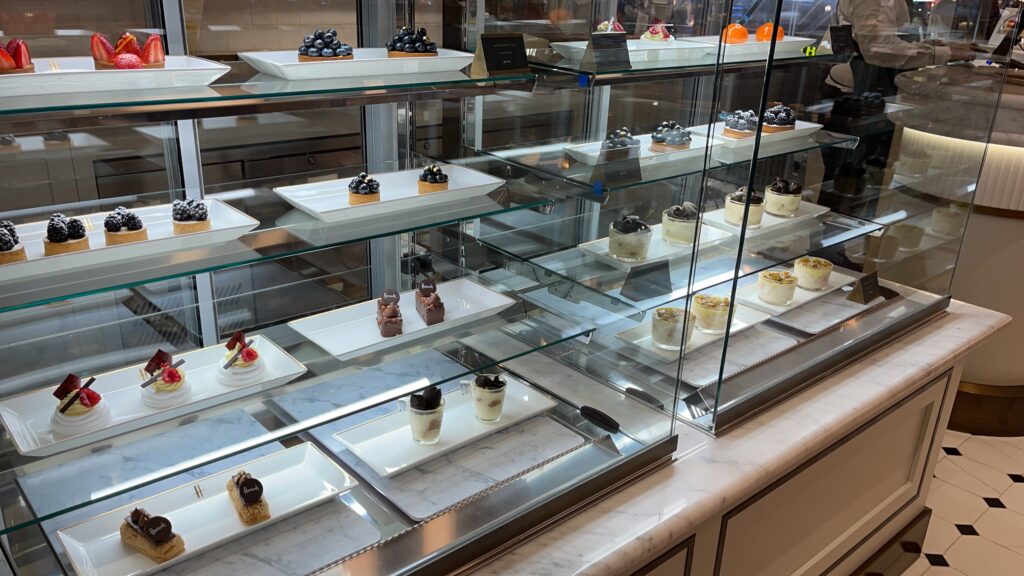


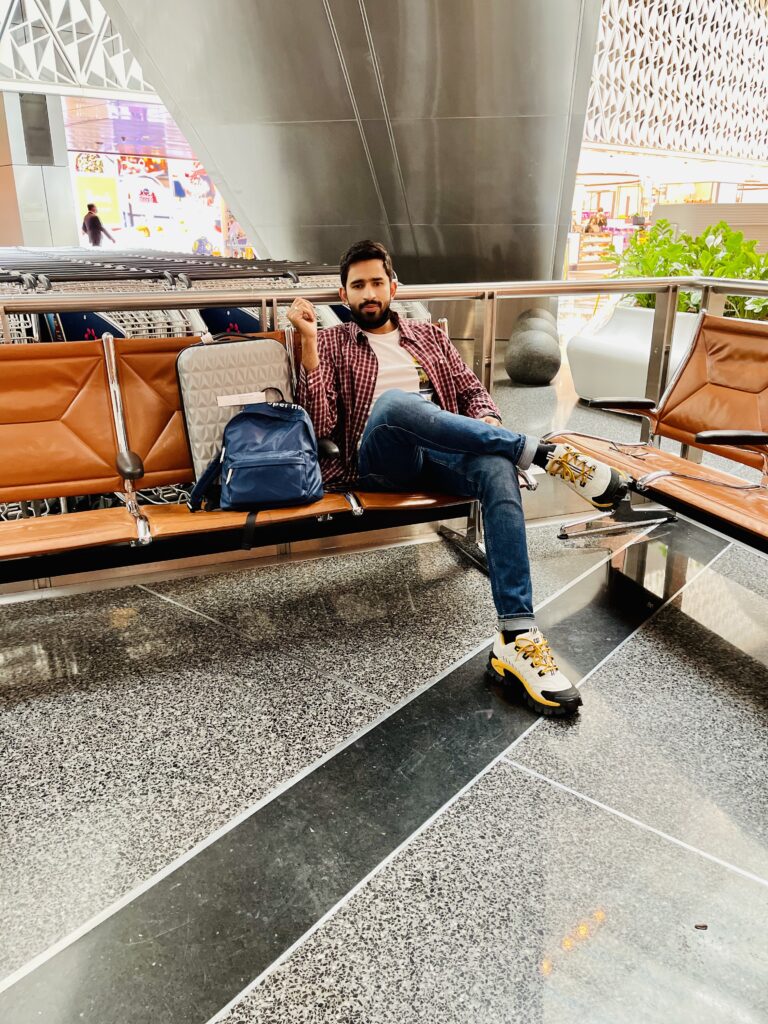
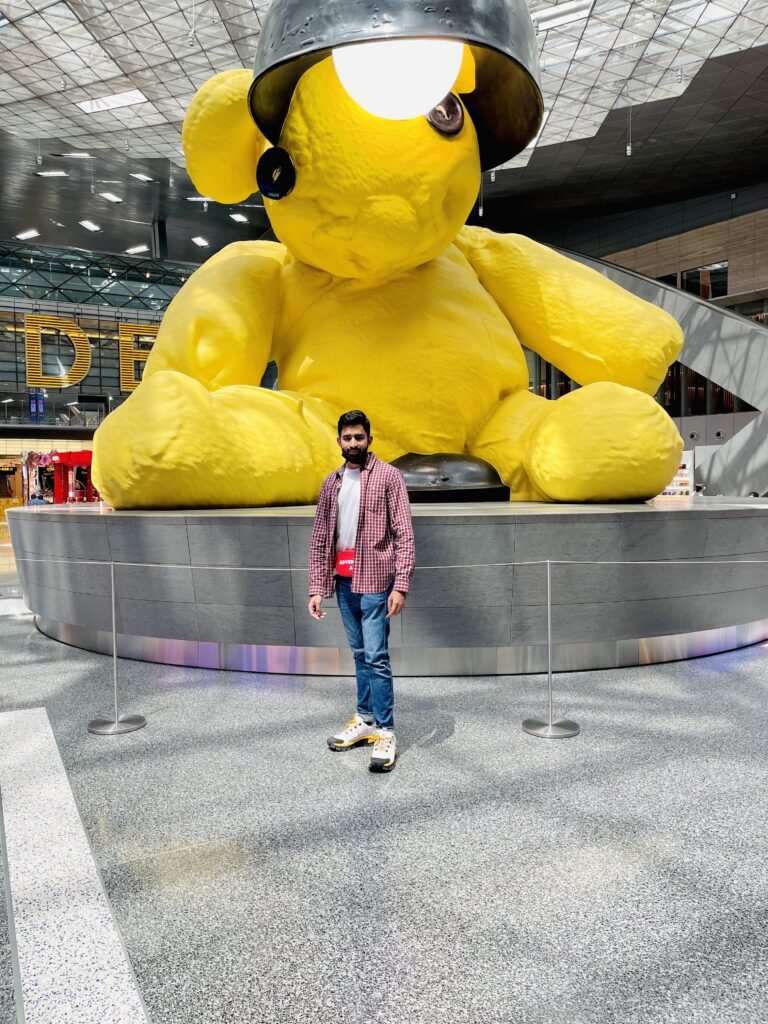
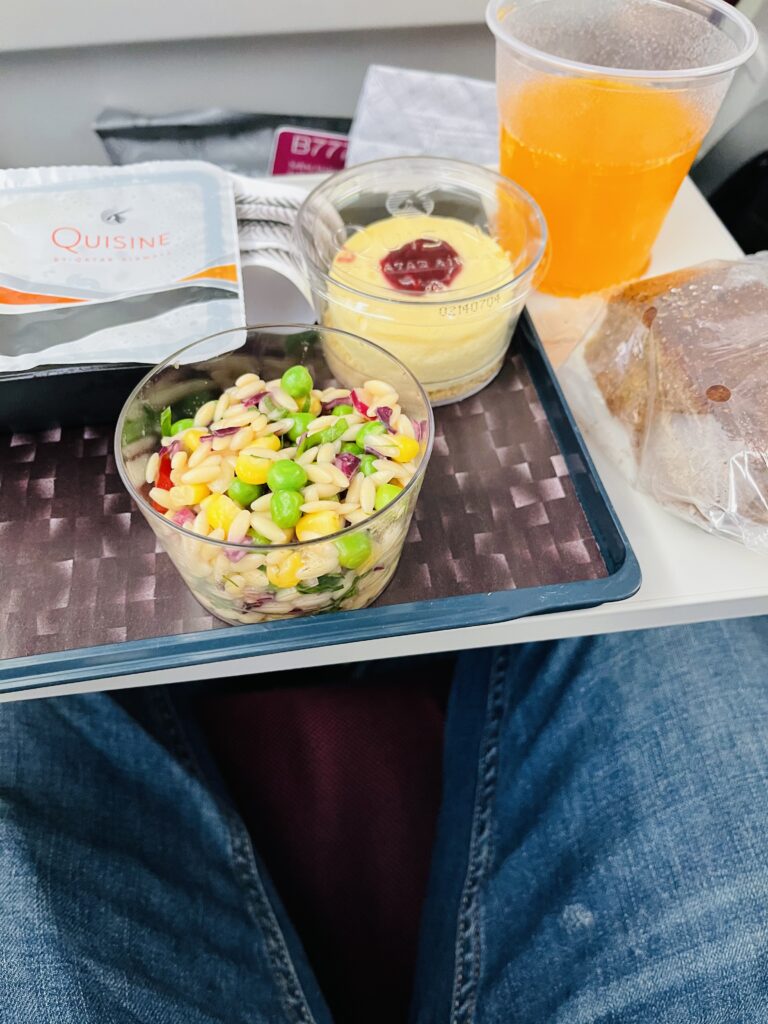
EXPLORE MALYSIA WITH HASHIR
Malaysia
Malaysia, a vibrant Southeast Asian nation, is renowned for its diverse culture, stunning landscapes, and rich history. Comprising Peninsular Malaysia and East Malaysia on the island of Borneo, the country is a melting pot of Malay, Chinese, Indian, and indigenous traditions. This diversity is reflected in its festivals, cuisine, and architecture, making Malaysia a unique destination for travelers. From the bustling capital of Kuala Lumpur to the tranquil beaches of Langkawi and the lush rainforests of Borneo, Malaysia offers a wide range of experiences for every type of traveler.

Bukit Bintang
Bukit Bintang, located in the heart of Kuala Lumpur, is one of Malaysia’s most vibrant and bustling districts. Known as the city’s premier shopping and entertainment hub, it attracts locals and tourists alike with its wide array of malls, restaurants, and nightlife options. The area is home to iconic shopping centers such as Pavilion Kuala Lumpur, Sungei Wang Plaza, and Lot 10, offering everything from luxury brands to affordable fashion. Bukit Bintang is a paradise for shoppers, foodies, and night owls, making it a must-visit destination in the city.
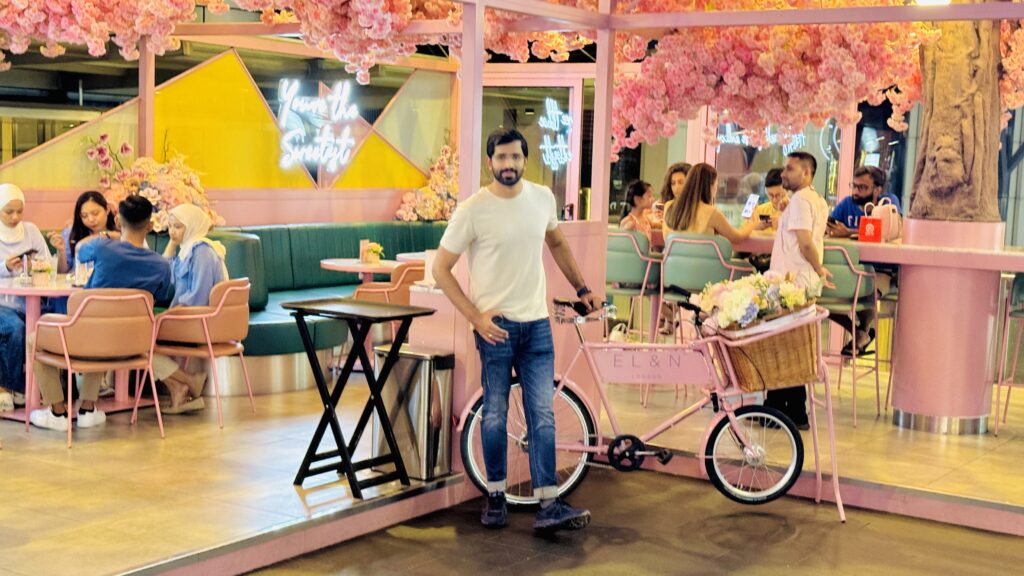
In addition to shopping, Bukit Bintang is famous for its diverse culinary scene. The Jalan Alor food street is a highlight, offering a wide variety of local and international dishes, from satay and grilled seafood to dim sum and Western cuisine. The district also boasts trendy cafes, rooftop bars, and fine dining restaurants, catering to every taste and budget. As the sun sets, Bukit Bintang transforms into a lively entertainment zone, with clubs, live music venues, and street performances adding to the vibrant atmosphere.
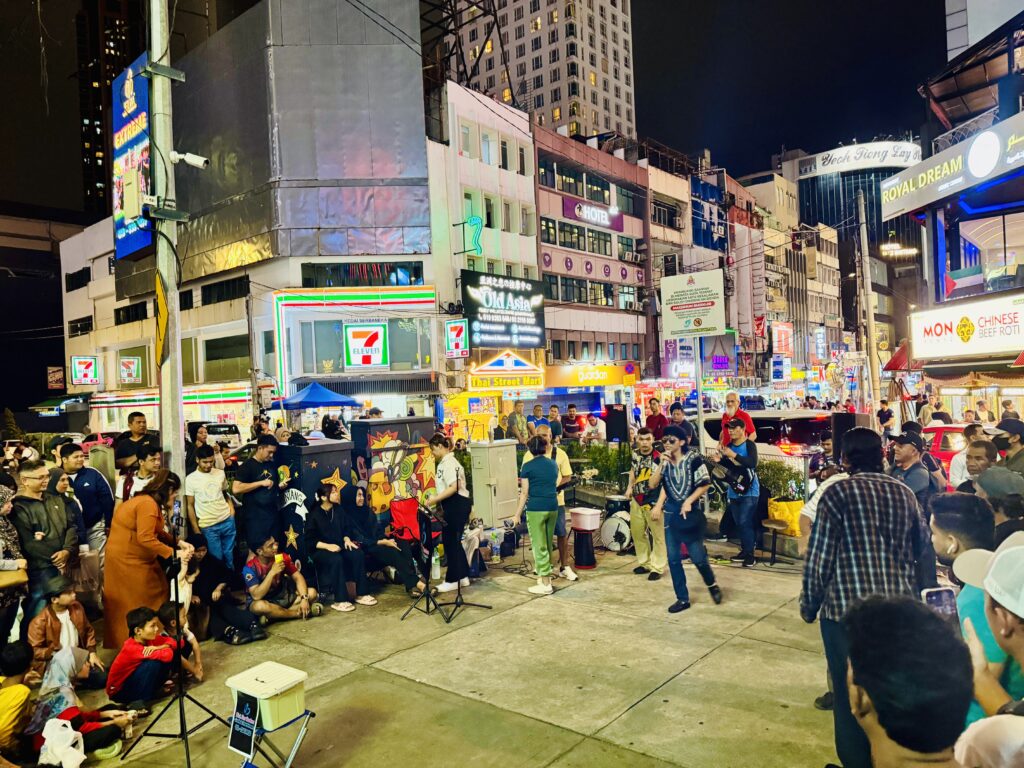
Bukit Bintang’s central location makes it a convenient base for exploring other attractions in Kuala Lumpur, such as the Petronas Twin Towers and KLCC Park. The area is well-connected by public transport, including the MRT and monorail, making it easy to navigate. Whether you’re looking to shop, dine, or simply soak in the city’s energy, Bukit Bintang offers an unforgettable experience that captures the essence of Kuala Lumpur.
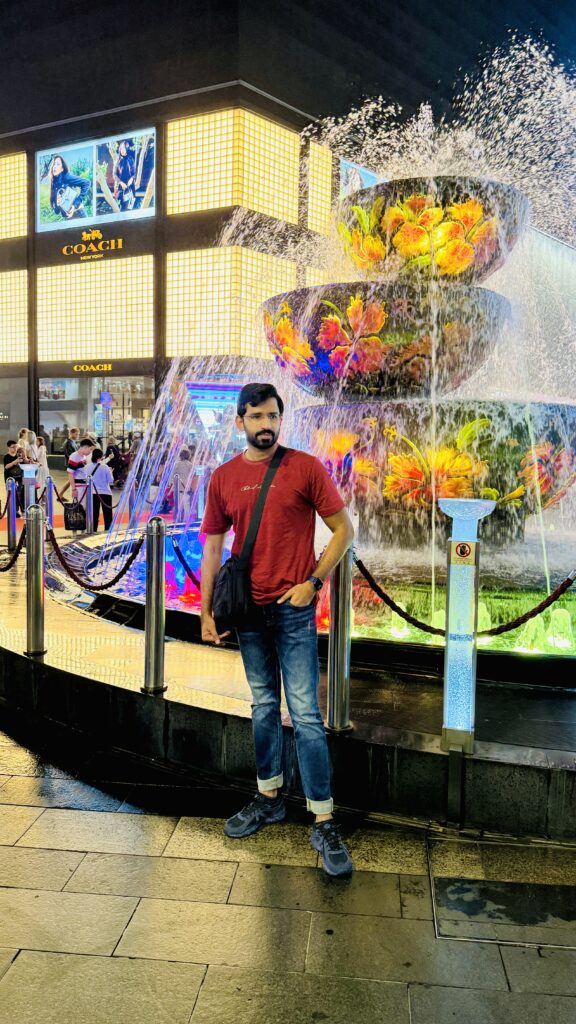
Kuala Lumpur
Kuala Lumpur, the capital of Malaysia, is a dynamic metropolis that seamlessly blends modernity with tradition. The city is home to some of the world’s most iconic landmarks, including the Petronas Twin Towers, which dominate the skyline with their sleek design and impressive height. Kuala Lumpur is a hub of culture, commerce, and entertainment, offering a wide range of attractions, from historical sites and museums to shopping malls and theme parks. Its multicultural population contributes to a vibrant and diverse atmosphere, making it a fascinating destination for visitors.
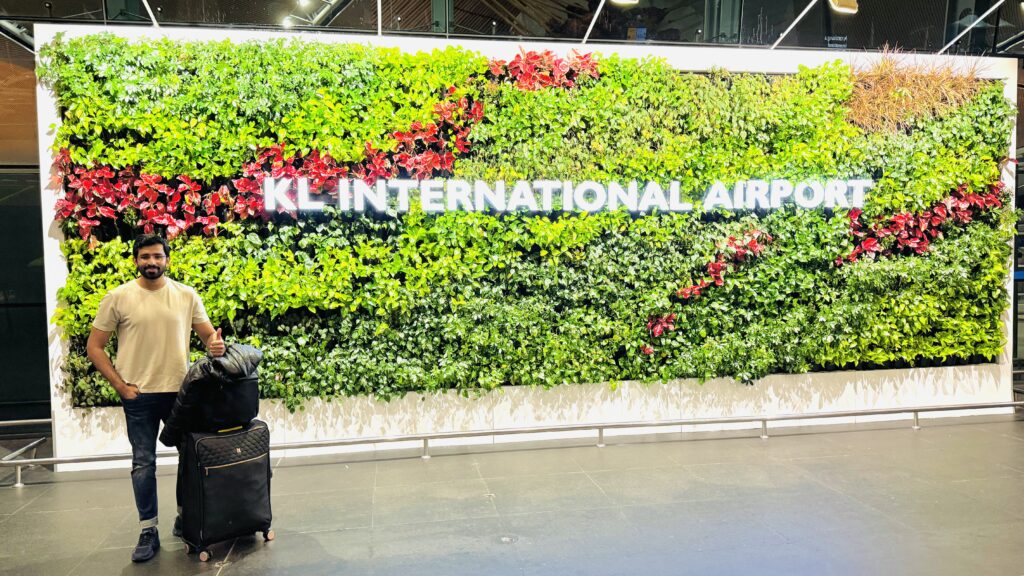
The city’s rich history is reflected in its architecture, with colonial-era buildings such as the Sultan Abdul Samad Building standing alongside modern skyscrapers. The Islamic Arts Museum and the National Museum provide insights into Malaysia’s cultural and historical heritage, while the Batu Caves, a Hindu temple complex located just outside the city, showcase its religious diversity. Kuala Lumpur is also known for its green spaces, such as the Perdana Botanical Gardens and KLCC Park, which offer a respite from the urban hustle and bustle.
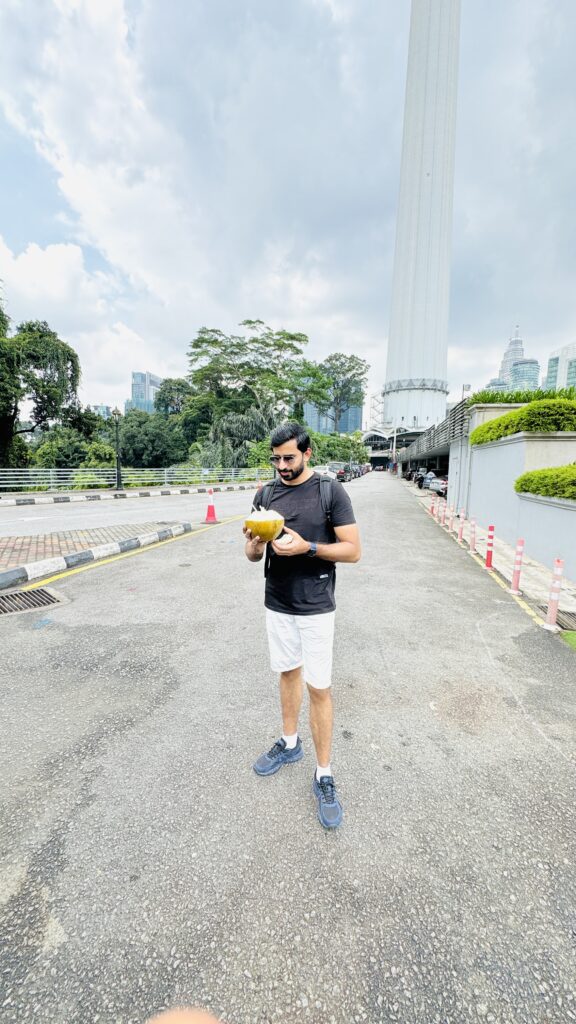
Kuala Lumpur’s food scene is a highlight, with its diverse culinary offerings reflecting the city’s multicultural makeup. From street food stalls serving nasi lemak and char kway teow to upscale restaurants offering international cuisine, there’s something for every palate. The city’s nightlife is equally vibrant, with rooftop bars, nightclubs, and cultural performances providing endless entertainment options. Kuala Lumpur is a city that never sleeps, offering a unique blend of tradition and modernity that captivates every visitor.

Melaka City
Melaka City, a UNESCO World Heritage Site, is a historical gem that offers a glimpse into Malaysia’s rich past. Located on the southwest coast of Peninsular Malaysia, Melaka was once a thriving trading port and a melting pot of cultures, attracting merchants from China, India, Arabia, and Europe. This multicultural heritage is evident in the city’s architecture, cuisine, and traditions, making it a fascinating destination for history enthusiasts and cultural explorers.
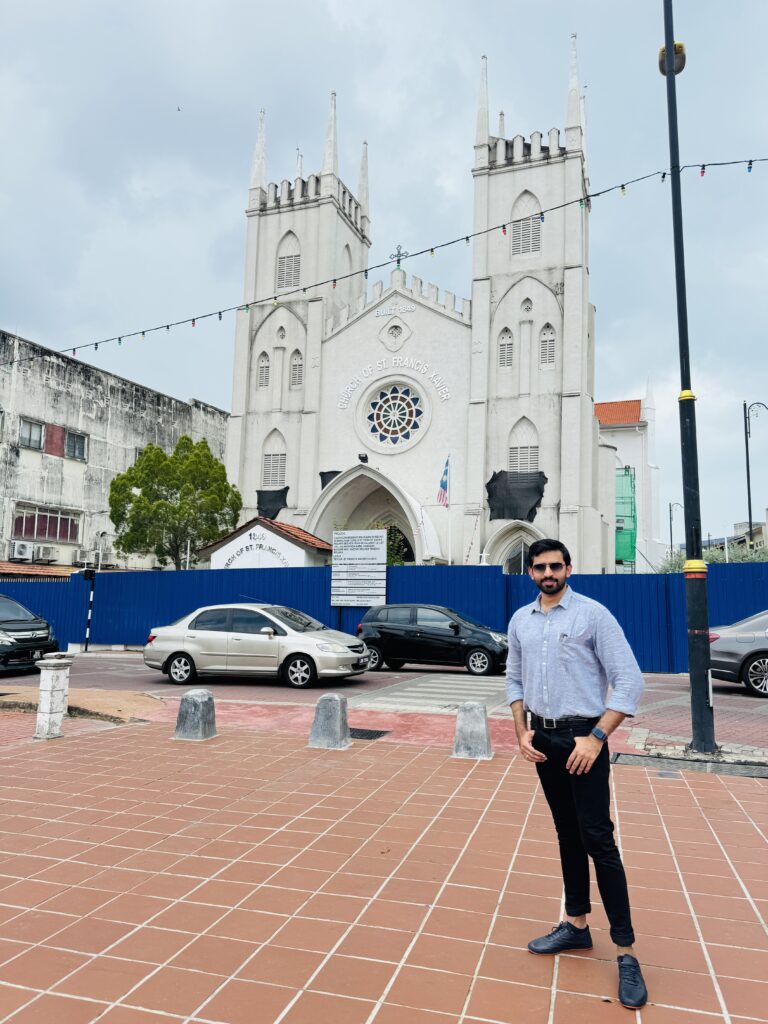
The city’s historical landmarks include the Stadthuys, a Dutch colonial building that now houses the Museum of History and Ethnography, and the red Christ Church, which stands as a testament to Melaka’s colonial past. The A Famosa fortress, built by the Portuguese in the 16th century, is one of the oldest European structures in Southeast Asia. Jonker Street, the heart of Chinatown, is a vibrant area known for its antique shops, street art, and night markets, offering a lively atmosphere and a taste of local culture.

Melaka’s culinary scene is another highlight, with its unique Peranakan (Straits Chinese) cuisine being a must-try. Dishes such as nyonya laksa, chicken rice balls, and cendol reflect the city’s multicultural heritage. The city is also known for its trishaw rides, which provide a fun and nostalgic way to explore its streets. With its rich history, cultural diversity, and charming ambiance, Melaka City is a destination that transports visitors back in time while offering a vibrant and memorable experience.
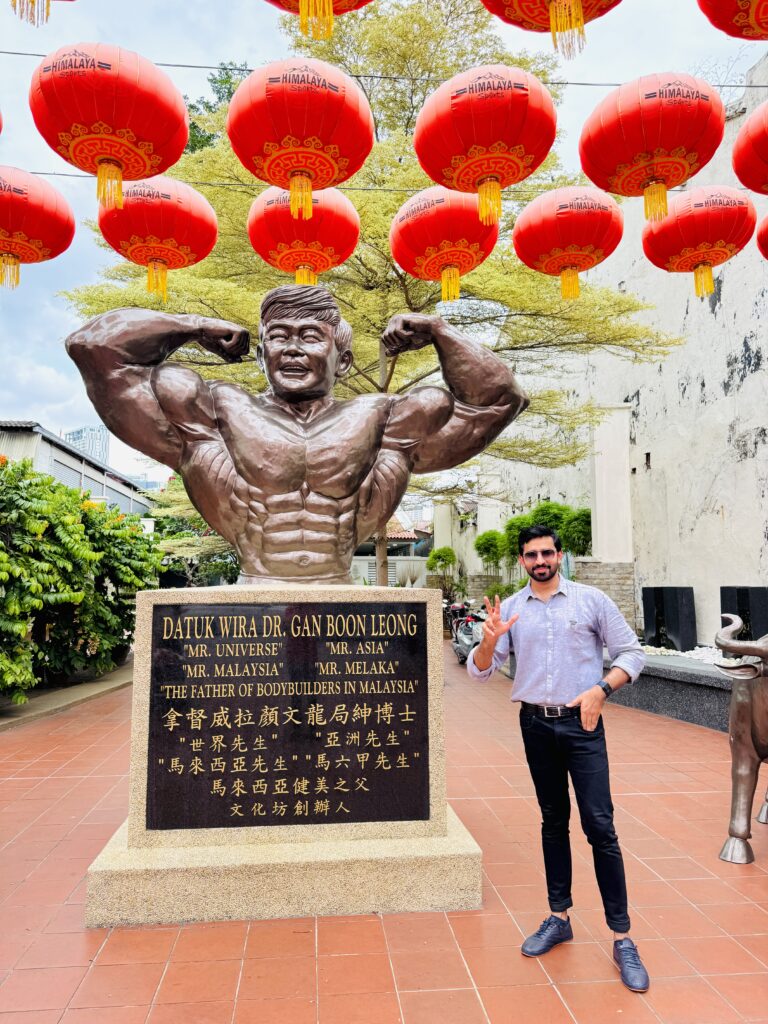
Malaysia is a captivating country known for its cultural diversity, modern cities, and natural beauty. It blends rich traditions with contemporary advancements, offering visitors a unique and memorable experience. With its multicultural society comprising Malays, Chinese, Indians, and indigenous communities, Malaysia reflects harmony and unity through its festivals, cuisine, and daily life. This cultural richness is complemented by the country’s tropical landscapes, from pristine beaches to lush rainforests.
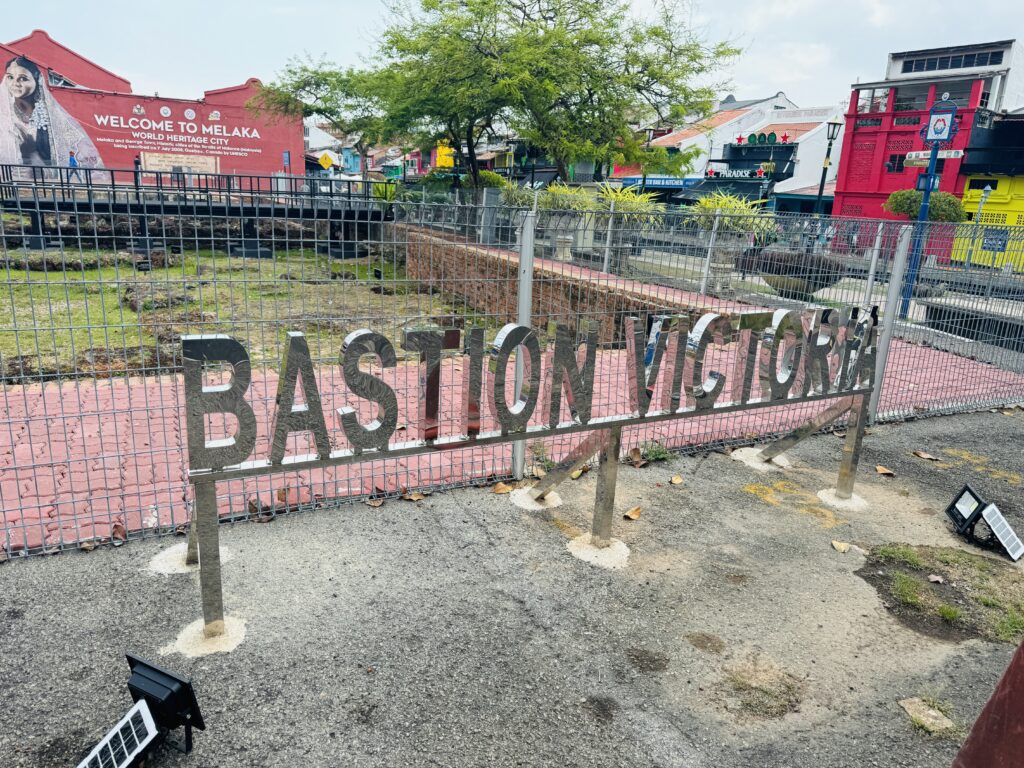

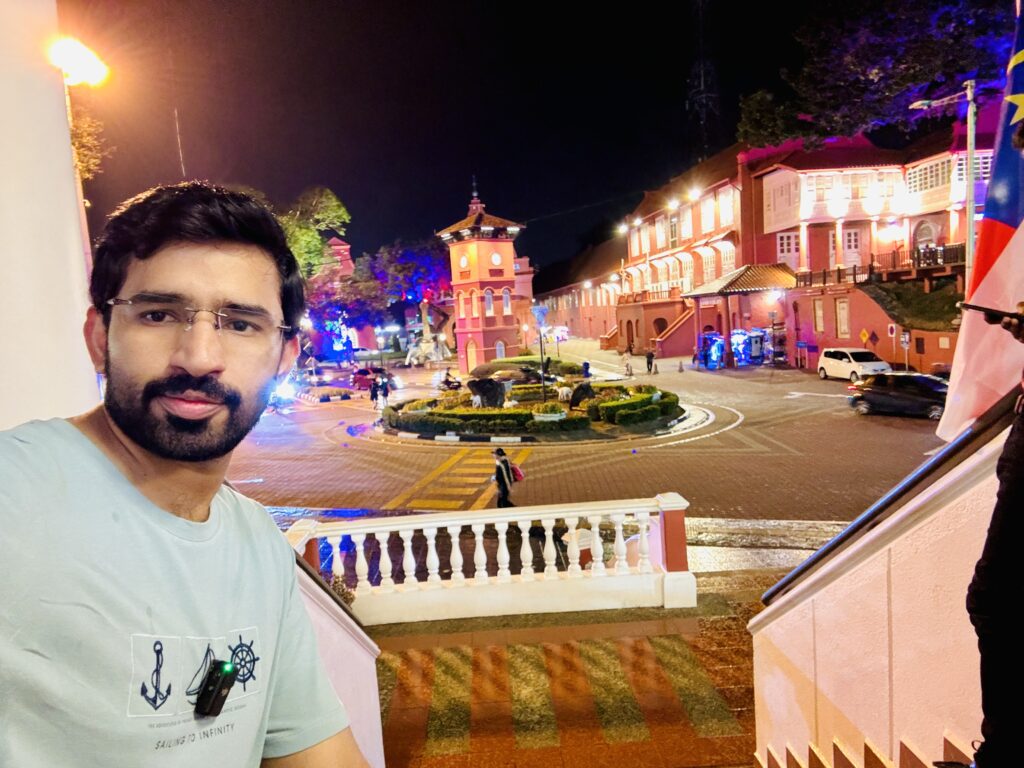
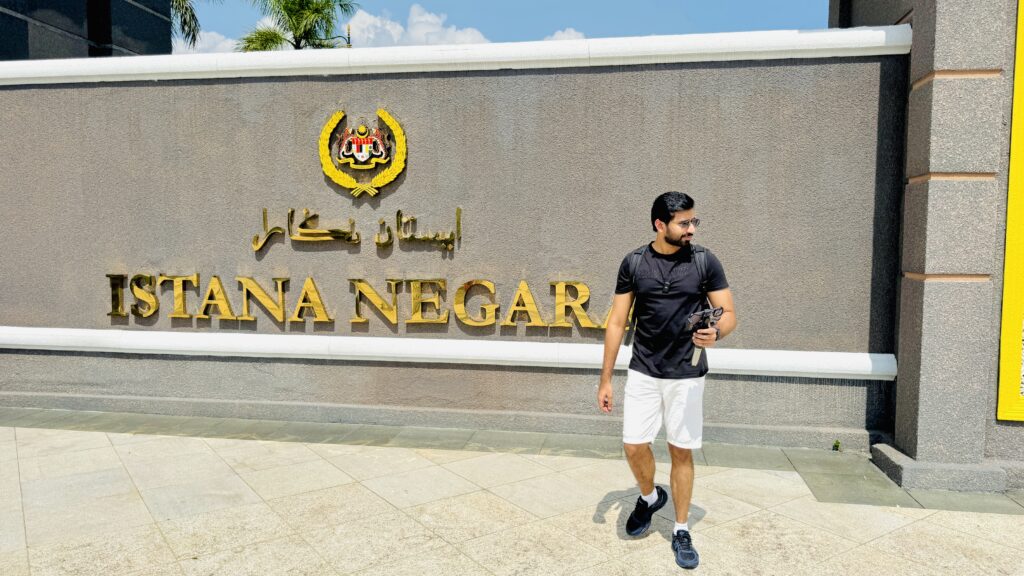
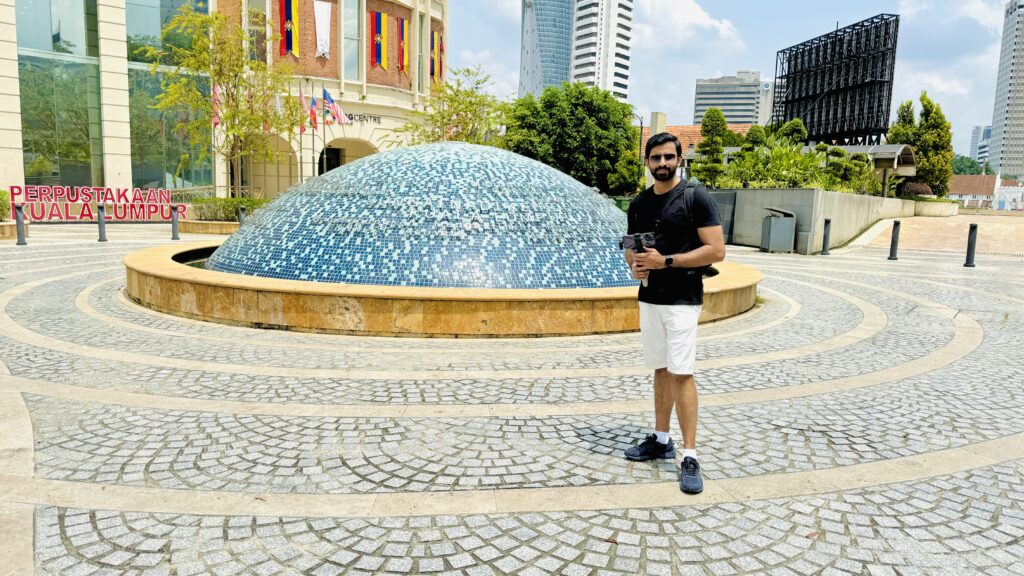


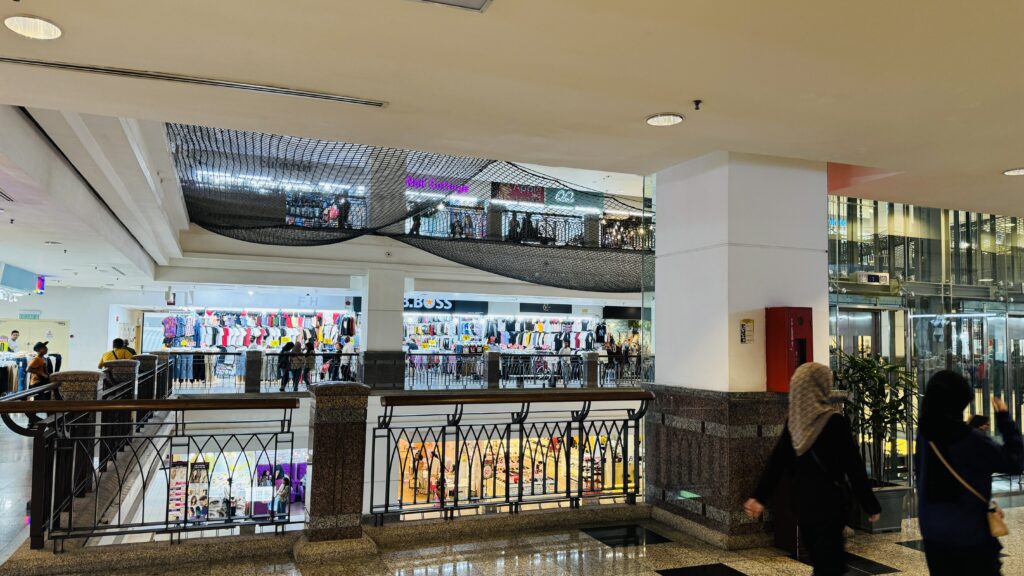
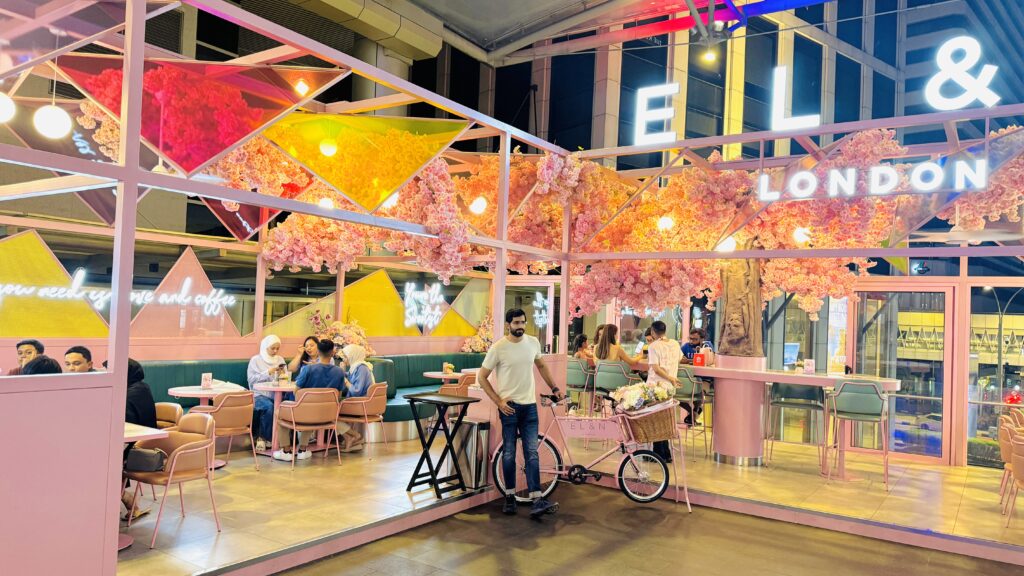
EXPLORE JEDDAH WITH HASHIR
Jeddah, the second-largest city in Saudi Arabia, is a vibrant and cosmopolitan hub located on the western coast along the Red Sea. It is known as the “Gateway to Mecca” because it serves as the primary entry point for millions of Muslim pilgrims traveling to the holy cities of Mecca and Medina. Jeddah blends rich historical heritage with modern development, making it a significant cultural and economic center. With its beautiful coastline, historic landmarks, and thriving business environment, Jeddah stands as a symbol of Saudi Arabia’s progress and diversity.

Historical Significance
Jeddah has a deep-rooted history dating back to over 2,500 years when it was established as a fishing village. In the 7th century, it became an important port and a gateway for Muslim pilgrims arriving by sea. The city’s historic district, Al-Balad, is recognized as a UNESCO World Heritage site, showcasing ancient architecture, traditional coral-stone buildings, and narrow alleyways. These historical features reflect the city’s rich cultural heritage and its importance as a trading hub connecting Asia, Africa, and Europe.

Modern Development and Economy
Jeddah is not only a historical city but also a modern metropolis with rapid economic growth. It is home to King Abdullah Economic City and the Jeddah Tower, which is poised to become the tallest building in the world. The city’s economy thrives on trade, tourism, and commerce due to its strategic location on the Red Sea. Jeddah also hosts the Jeddah Islamic Port, one of the busiest ports in the region, facilitating international trade and contributing significantly to the Kingdom’s economy.

Cultural Diversity and Lifestyle
The city’s population is a mix of locals and expatriates from various cultures and nationalities, giving Jeddah a unique cosmopolitan atmosphere. This diversity is reflected in its cuisine, art, and cultural events. The Jeddah Season festival, Red Sea International Film Festival, and other cultural initiatives celebrate the city’s creative spirit. Along the Corniche, a scenic coastal promenade, residents and tourists enjoy leisure activities, public art installations, and breathtaking views of the Red Sea.
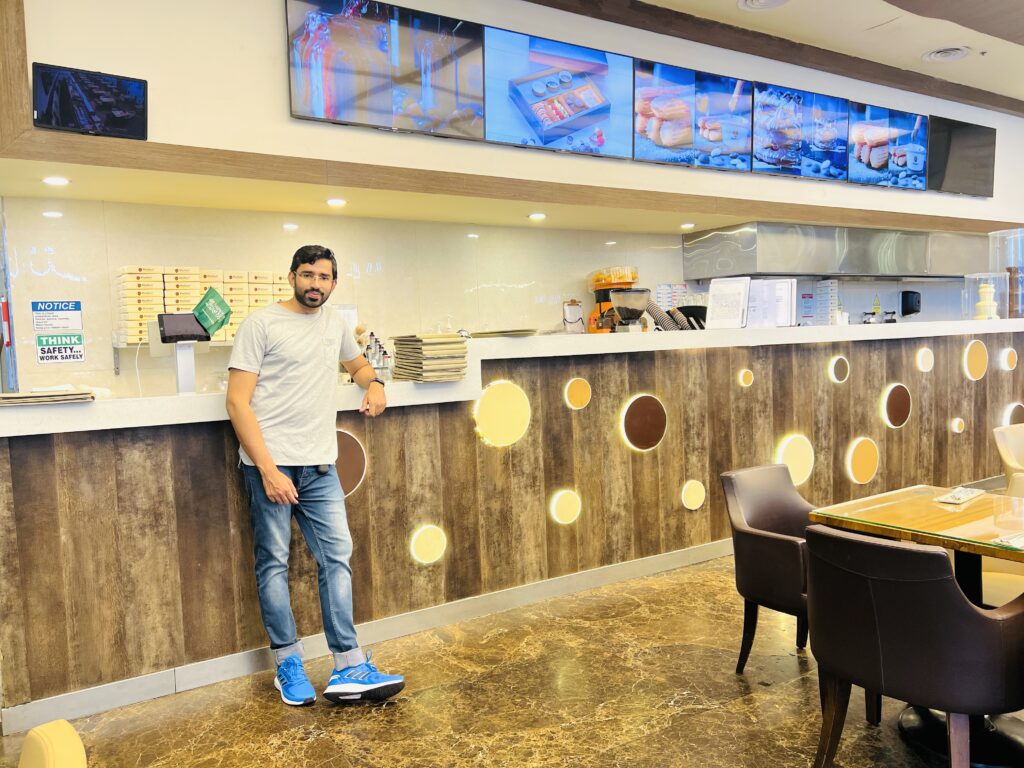
Tourism and Attractions
Jeddah’s blend of ancient and modern attractions draws visitors from around the world. Al-Balad’s historic sites, the King Fahd Fountain (the tallest of its kind globally), and the Red Sea’s coral reefs for diving enthusiasts are major tourist highlights. Religious tourism also plays a pivotal role due to its proximity to Mecca. With ongoing development in hospitality and infrastructure, Jeddah continues to emerge as a global tourism destination.

Conclusion
Jeddah is a city where history meets modernity, offering a unique experience for residents and visitors alike. Its historical significance as a gateway for pilgrims, combined with its economic strength and cultural diversity, makes it a vital city in Saudi Arabia. As Jeddah continues to grow with ambitious projects and cultural initiatives, it remains a symbol of progress while preserving its rich heritage. Whether exploring its ancient streets or marveling at futuristic architecture, Jeddah leaves a lasting impression as a city of opportunity and tradition.
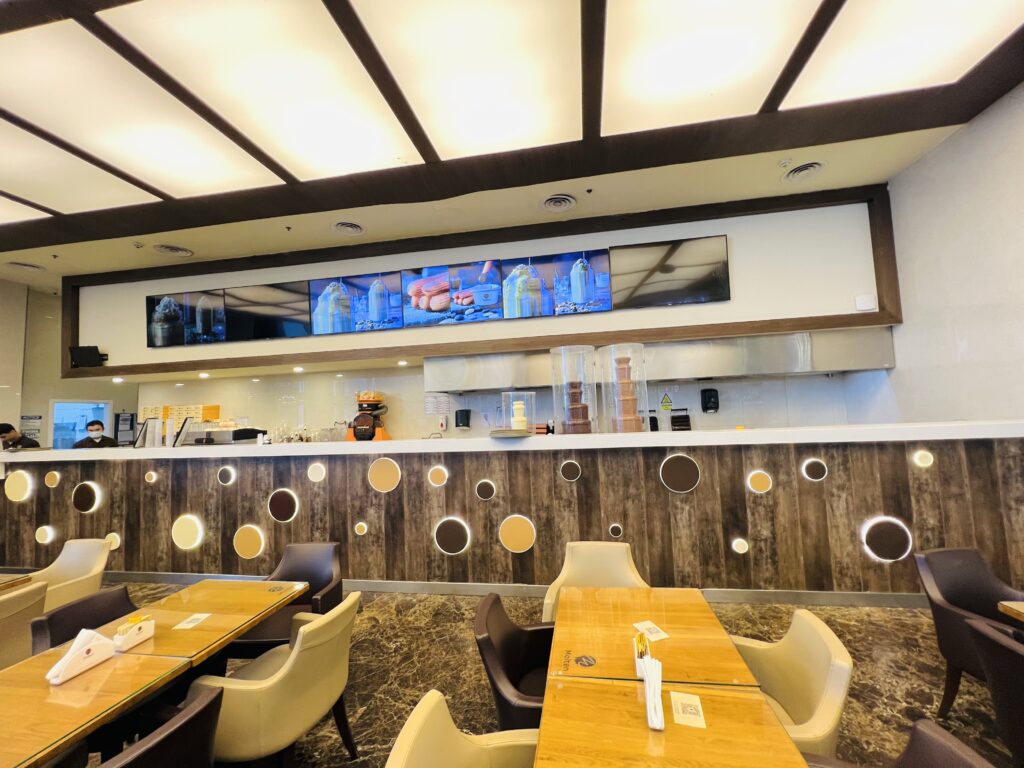
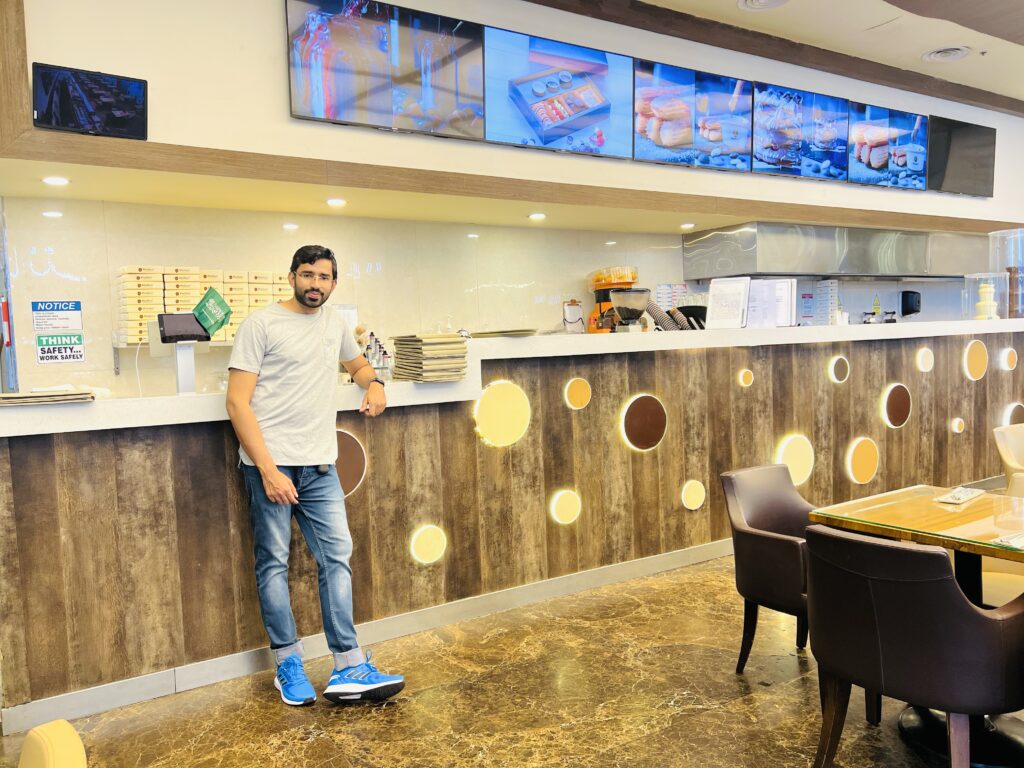

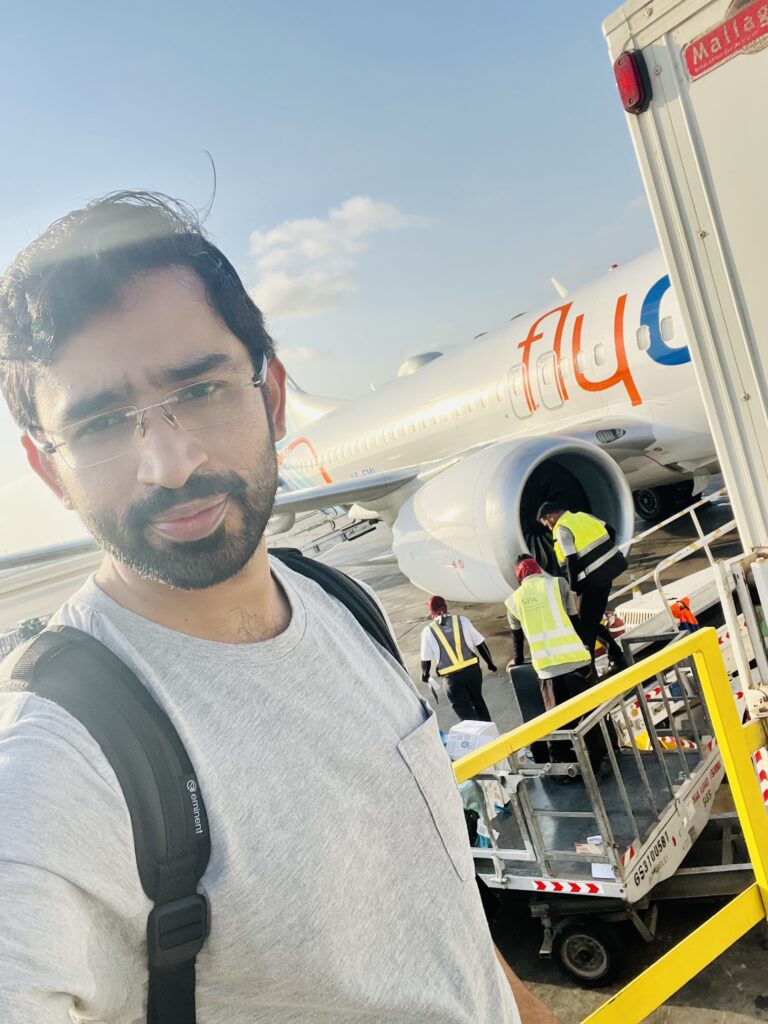


EXPLORE CAMBODIA WITH HASHIR
Cambodia
Cambodia, located in Southeast Asia, is a country rich in history, culture, and natural beauty. Known for its ancient temples, vibrant cities, and warm hospitality, Cambodia offers a unique blend of tradition and modernity. The country’s most famous landmark, Angkor Wat, is a UNESCO World Heritage Site and a testament to the grandeur of the Khmer Empire. Beyond its historical treasures, Cambodia boasts stunning landscapes, from lush rice paddies to pristine beaches. The Cambodian people are known for their resilience and kindness, having endured a tumultuous history that includes the Khmer Rouge regime. Despite these challenges, the country has made significant progress in rebuilding and preserving its cultural heritage. Today, Cambodia is a popular destination for travelers seeking to explore its ancient temples, bustling markets, and vibrant festivals.

Al Serkal Mosque
Al Serkal Mosque, located in Phnom Penh, is one of the few mosques in Cambodia and serves as a significant religious and cultural landmark for the Muslim community in the country. Built with traditional Islamic architectural elements, the mosque features a dome, minarets, and intricate designs that reflect the rich heritage of Islamic art. It stands as a symbol of religious diversity in Cambodia, where Buddhism is the predominant faith. The mosque is not only a place of worship but also a center for community gatherings and cultural exchange.
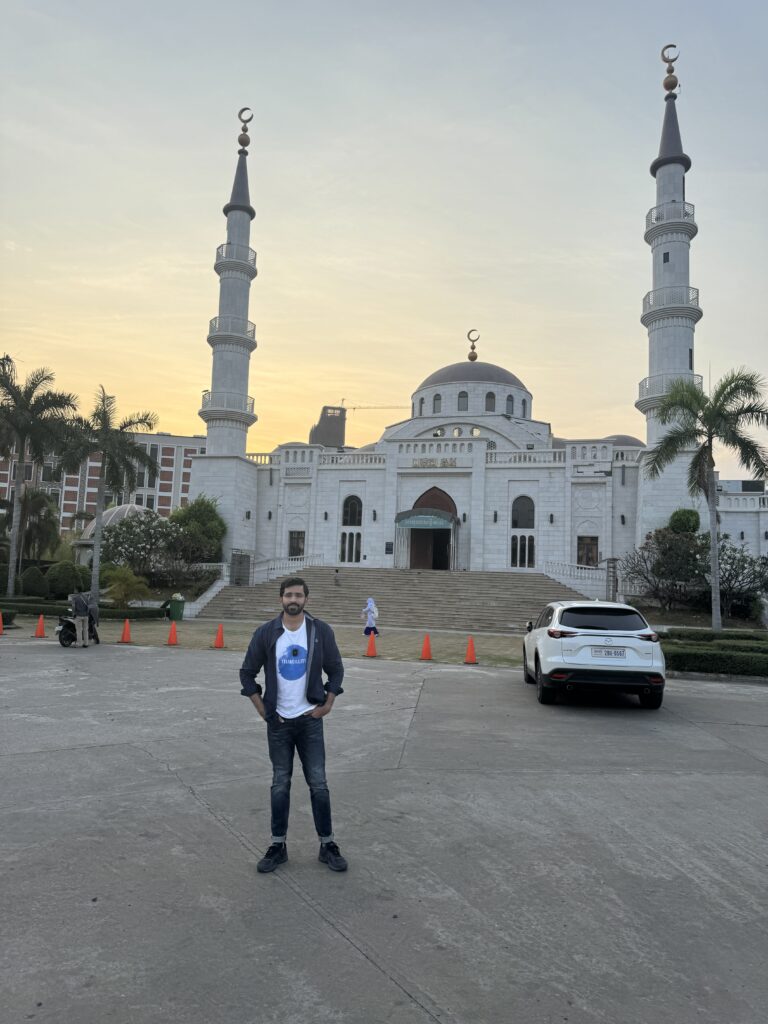
The mosque is named after the Al Serkal family, who played a pivotal role in its establishment and funding. It is a testament to the contributions of the Muslim community in Cambodia, which has a long history dating back to the Cham people. The mosque’s serene atmosphere provides a peaceful retreat from the bustling city, offering visitors a chance to learn about Islam and its practices. It also highlights the harmonious coexistence of different religious communities in Cambodia.
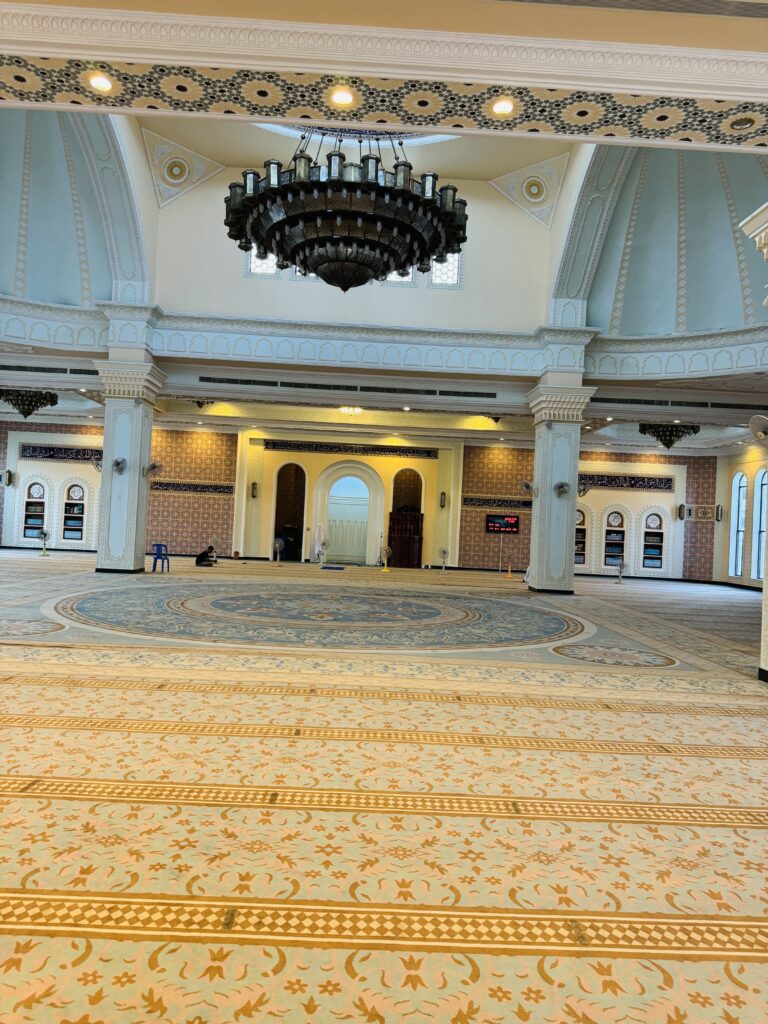
Al Serkal Mosque is particularly significant during Islamic holidays such as Eid al-Fitr and Eid al-Adha, when it becomes a hub of celebrations and prayers. The mosque also offers educational programs and Quranic classes for children and adults, fostering a deeper understanding of Islamic teachings. Its presence in Phnom Penh underscores the multicultural fabric of Cambodia, where various ethnic and religious groups live together in unity.
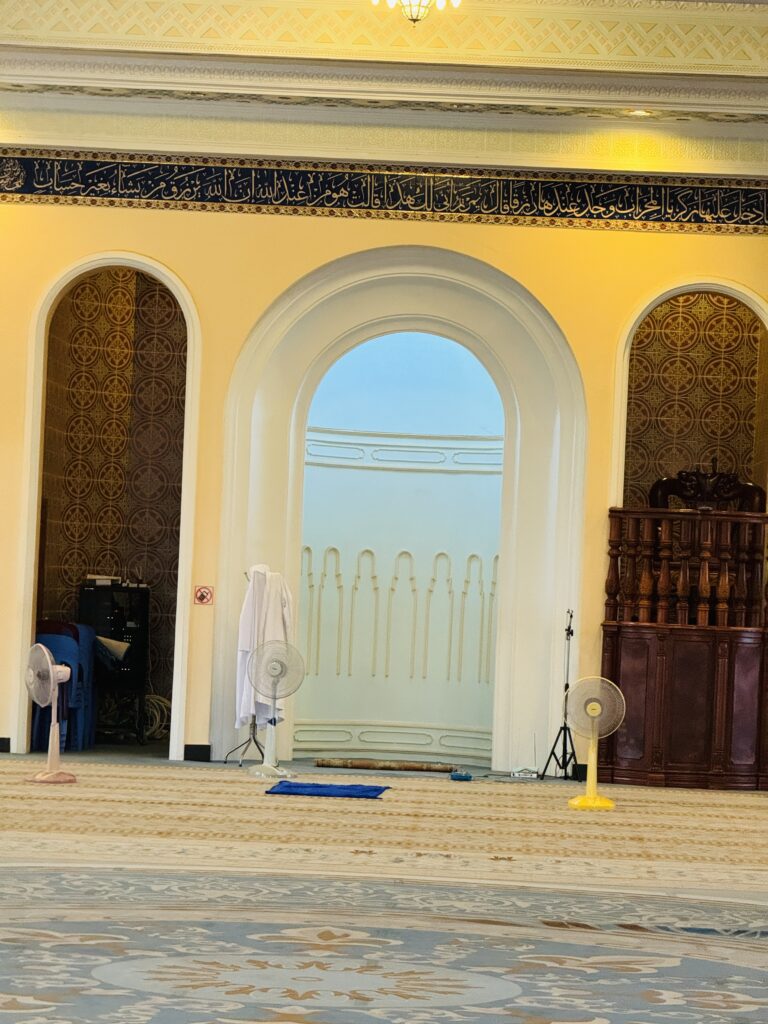
Independence Monument of Cambodia
The Independence Monument, situated in the heart of Phnom Penh, is one of Cambodia’s most iconic landmarks. Designed by the renowned Cambodian architect Vann Molyvann, the monument was inaugurated in 1958 to commemorate Cambodia’s independence from French colonial rule in 1953. Its lotus-shaped design is inspired by traditional Khmer architecture, resembling the towers of Angkor Wat, and symbolizes the nation’s resilience and pride.
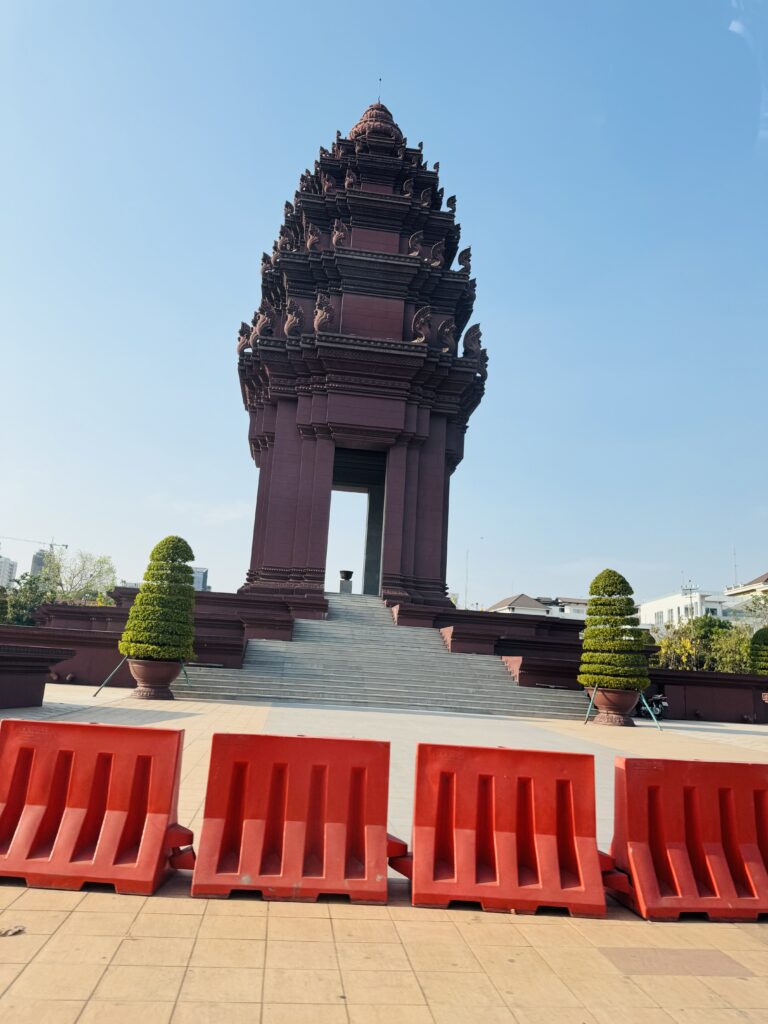
The monument stands at the intersection of Norodom Boulevard and Sihanouk Boulevard, making it a central point in the city. It is not only a historical landmark but also a site for national celebrations and ceremonies. During national holidays such as Independence Day and Constitution Day, the monument is adorned with lights and flags, and it becomes a gathering place for Cambodians to honor their heritage and achievements.
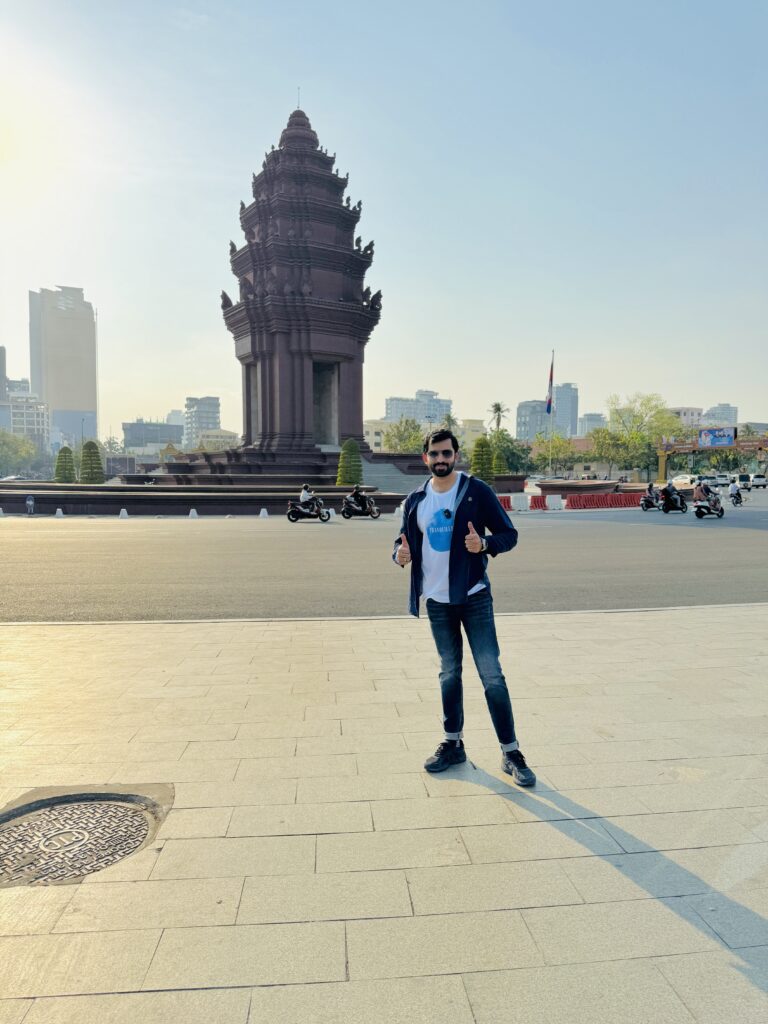
Surrounded by a well-maintained park, the Independence Monument is a popular spot for both locals and tourists. Visitors can stroll around the area, take photographs, and reflect on Cambodia’s journey to sovereignty. The monument’s striking design and historical significance make it a must-visit destination for anyone interested in Cambodia’s past and its struggle for freedom.
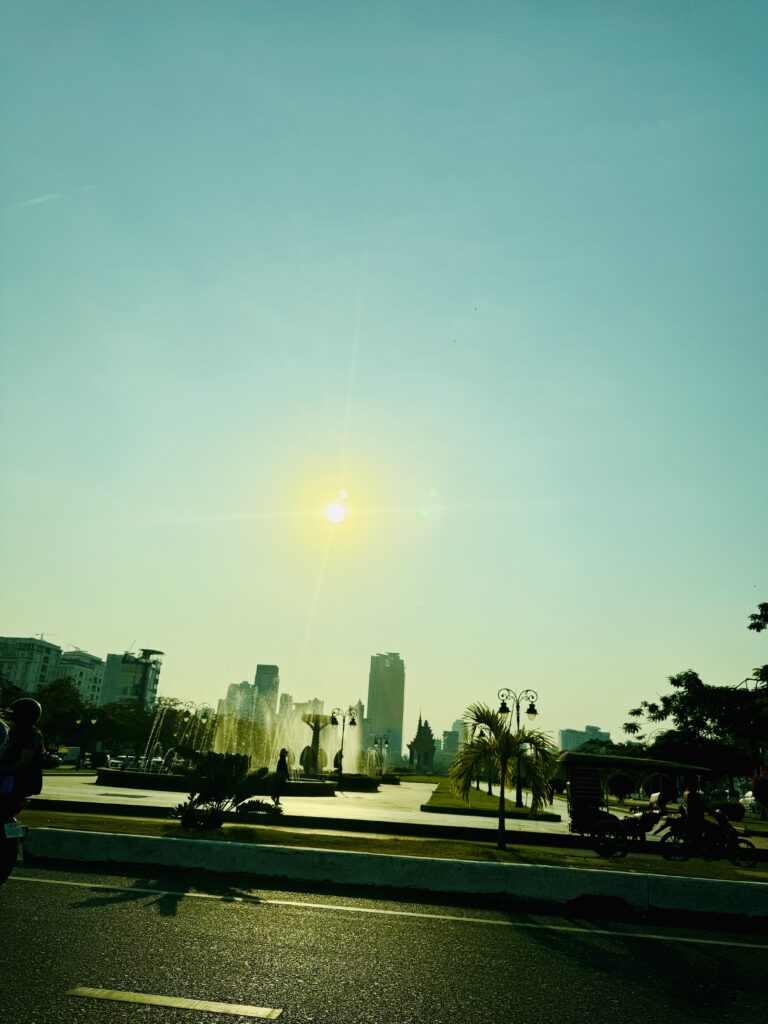
National Museum of Cambodia
The National Museum of Cambodia, located in Phnom Penh, is a treasure trove of Khmer art, history, and culture. Established in 1920, the museum houses one of the world’s most extensive collections of Khmer artifacts, including sculptures, ceramics, and religious objects. The building itself is a masterpiece of traditional Khmer architecture, with its red terracotta structure and lush garden setting providing a serene environment for exploration.
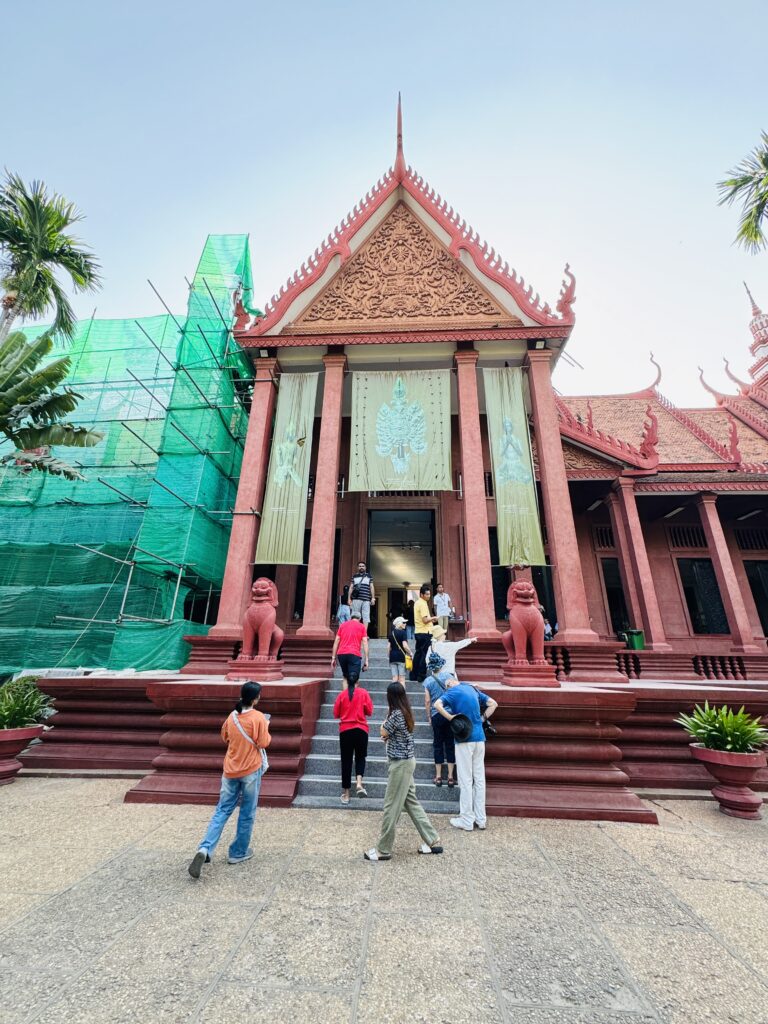
The museum’s collection spans over a thousand years of Cambodian history, from the pre-Angkorian period to the present day. Highlights include ancient statues of Hindu and Buddhist deities, intricate lintels from Angkorian temples, and artifacts from the Chenla and Funan kingdoms. Each exhibit offers a glimpse into the rich cultural heritage and artistic achievements of the Khmer civilization.
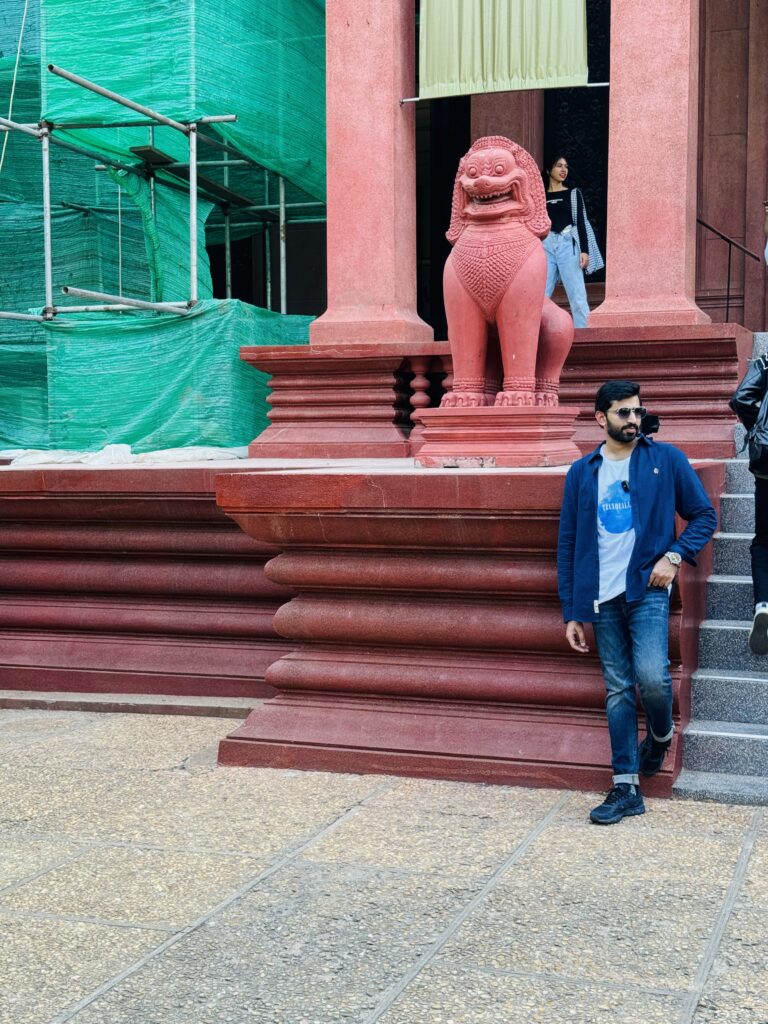
Visitors to the National Museum can also learn about Cambodia’s spiritual traditions and the influence of Hinduism and Buddhism on its art and architecture. The museum plays a crucial role in preserving Cambodia’s cultural legacy, especially after the devastation caused by the Khmer Rouge regime. It serves as an educational resource for both locals and tourists, fostering a deeper appreciation for the country’s history.
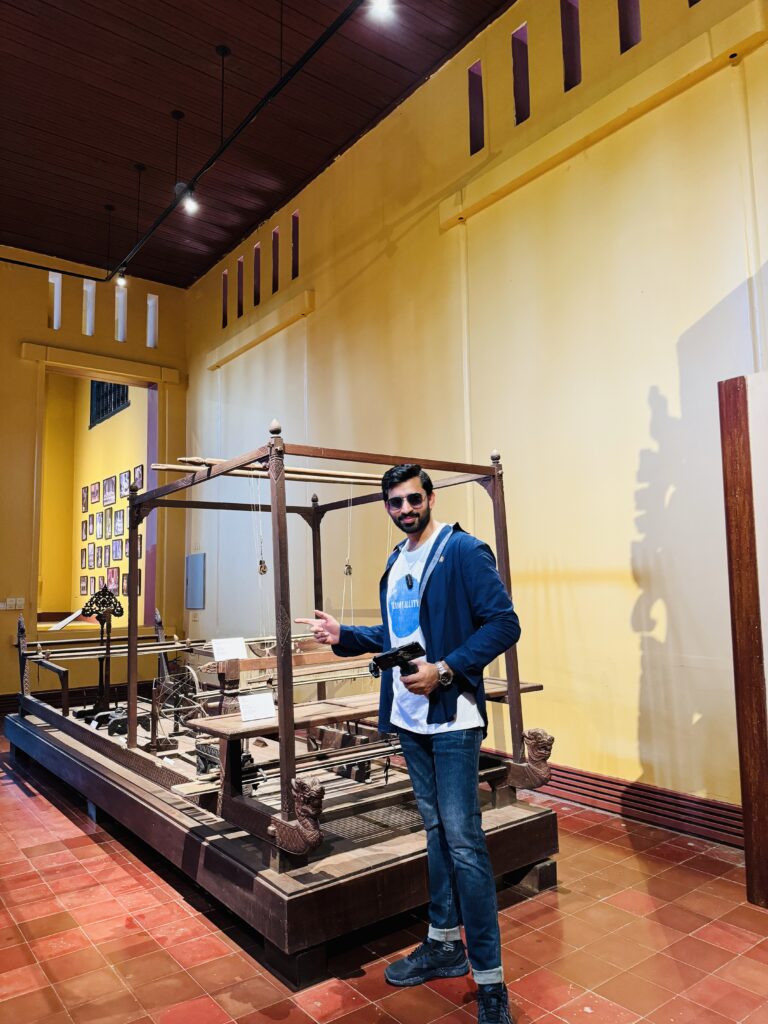
Cambodia is a country that captivates visitors with its rich history, vibrant culture, and breathtaking landscapes. From the awe-inspiring temples of Angkor Wat to the bustling streets of Phnom Penh, every corner of the country tells a story of resilience, tradition, and beauty. Landmarks like the Independence Monument and the Royal Palace stand as testaments to Cambodia’s enduring spirit and cultural pride, while institutions like the National Museum preserve and celebrate the nation’s artistic and historical legacy. The diversity of experiences, whether it’s exploring ancient ruins, cruising along the Mekong River, or savoring local cuisine, ensures that every traveler leaves with unforgettable memories.
